


The promotional image of the band for "Undertow" in 1993
Tool's Debut Album 'Undertow': A Revolutionary Force in Progressive Metal
In the early 1990s, the landscape of heavy music was evolving rapidly. The grunge movement had taken the world by storm, and alternative rock was on the rise. In the midst of this musical upheaval, a band emerged from Los Angeles with a sound so unique and powerful that it would forever change the course of progressive metal. That band was Tool, and their debut album, "Undertow," released in 1993, was nothing short of revolutionary for its time.
Breaking the Mold
Before "Undertow," the metal scene was dominated by the likes of Metallica, Slayer, and Megadeth, who were known for their aggressive guitar riffs and thunderous drumming. Tool, on the other hand, brought a fresh and innovative approach to the genre. Led by vocalist Maynard James Keenan, guitarist Adam Jones, bassist Paul D'Amour (later replaced by Justin Chancellor), and drummer Danny Carey, Tool blended elements of metal, alternative rock, and progressive music to create a sound that was entirely their own.
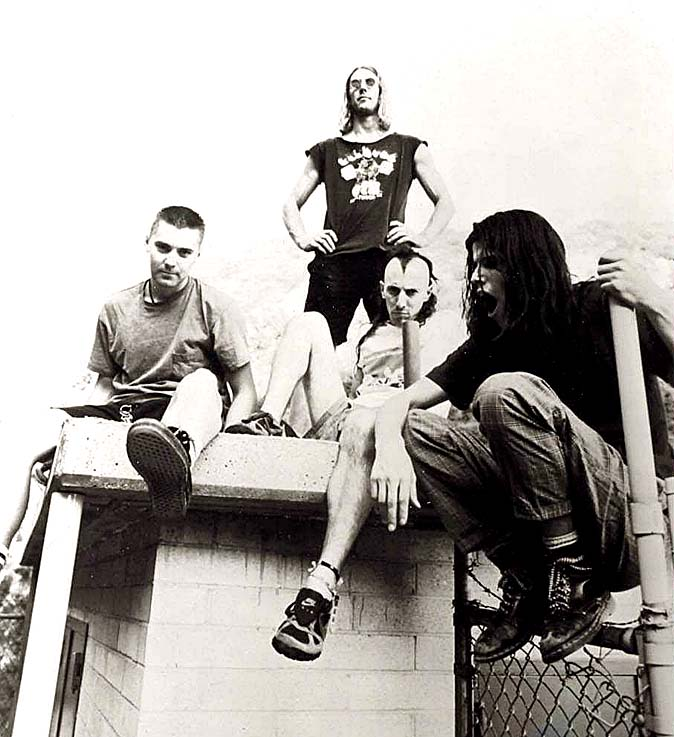
The band in 1993
Complexity and Depth
One of the most striking aspects of "Undertow" was the complexity and depth of its music. Tool's musicianship was unparalleled, with intricate time signatures, unconventional song structures, and a meticulous attention to detail. Songs like "Intolerance" and "Crawl Away" featured shifting rhythms and polyrhythmic patterns that challenged conventional notions of what metal music could be. This complexity invited listeners to engage with the music on a deeper level, making each subsequent listen a new and rewarding experience.
Lyrically Provocative
Maynard James Keenan's lyrics on "Undertow" were another revolutionary aspect of the album. Unlike many of their contemporaries who often relied on clichéd themes of anger and rebellion, Tool explored darker and more introspective subject matter. Songs like "Prison Sex" delved into issues of abuse and trauma, while "Undertow" examined themes of control and submission. Keenan's thought-provoking and often enigmatic lyrics encouraged listeners to reflect on the deeper meanings behind the music, elevating the album beyond mere entertainment.
Tool was not content with pushing the boundaries of music alone. They also incorporated striking visual elements into their work. The album's artwork, created by guitarist Adam Jones, featured disturbing and surreal images that complemented the music's dark and introspective themes. This fusion of music and visual art set a new standard for album packaging and reinforced Tool's reputation as innovators in the music industry.

Adam Jones and his vintage Les Paul
Achieve the classic riffs and melodies of Adam Jones
Guitarist Adam Jones is known for his distinctive sound and iconic guitar work. One of the central components of his sonic arsenal is his Gibson Les Paul guitar, which has become synonymous with his unique style.
Adam Jones primarily uses a 1979 Gibson Les Paul Custom Silverburst as his main guitar. The Silverburst finish is instantly recognizable and has become an integral part of his image. This vintage Les Paul model is revered for its warm, thick tones and sustain, making it an ideal choice for the heavy and atmospheric sounds that Tool is known for. The Les Paul's mahogany body and neck, combined with the iconic humbucking pickups, contribute to its rich and powerful sound.

Diezel Herbert MKIII 180-Watt - 3 Channel All Tube Head Amplifier
Adam Jones often customized his guitars with Seymour Duncan pickups to achieve the specific tonal characteristics he desired. Seymour Duncan offers a wide range of pickup models, each with its own unique sound profile. By selecting the right combination of pickups, Jones could tailor his guitar's sound to fit Tool's distinct sonic palette.
Adam Jones is known to use various amplifiers to achieve his signature tone, and his choices have evolved over the years. He has been associated with amplifiers from companies like Diezel and Friedman, both known for their high-gain capabilities and tight low-end response. His amplifier selection complements the heaviness and clarity of his Les Paul and effects pedals. Jones employs a range of effects pedals to sculpt his distinctive tone.

Gibson Adam Jones USA Les Paul Standard Electric Guitar Antique Silverburst
+ Free Shipping
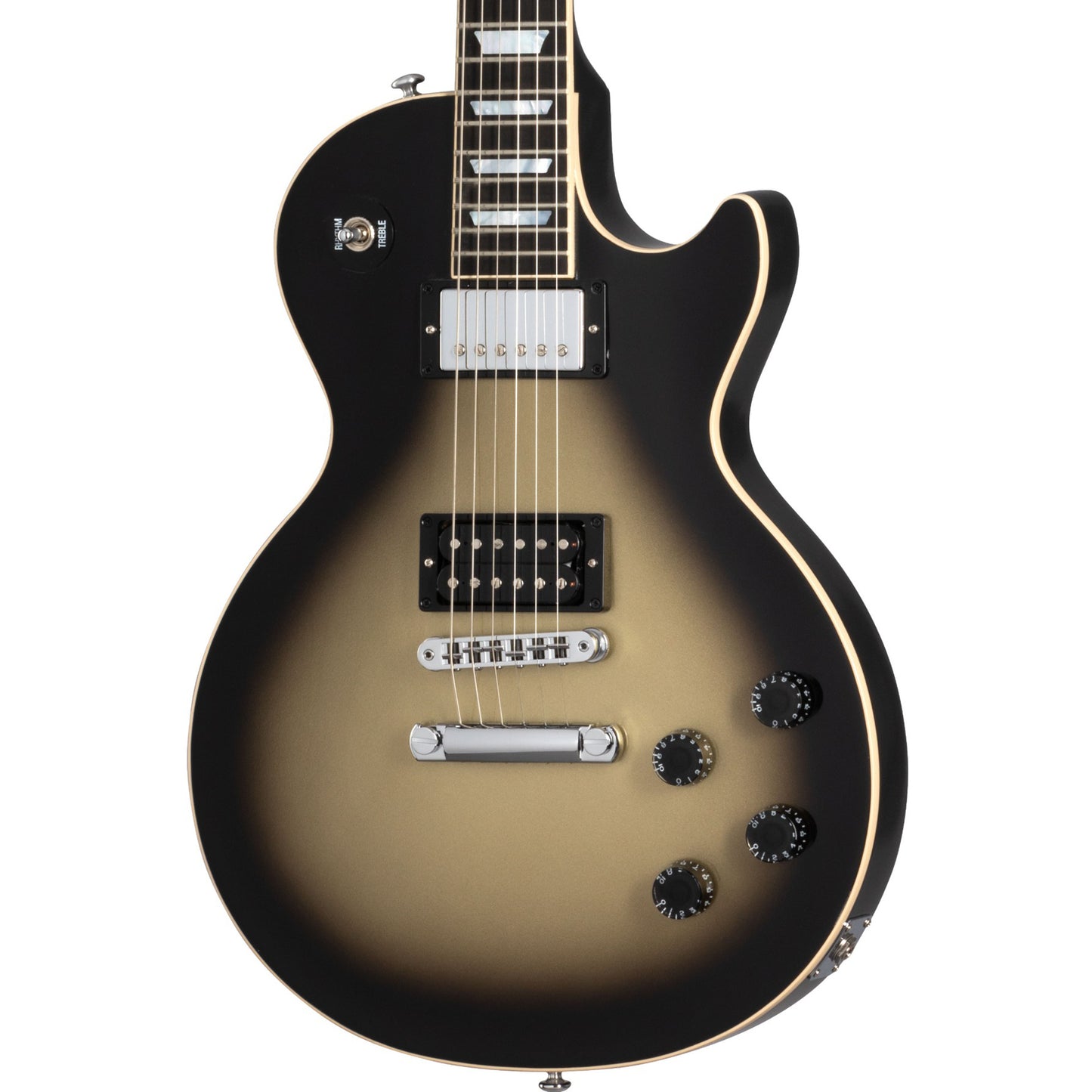

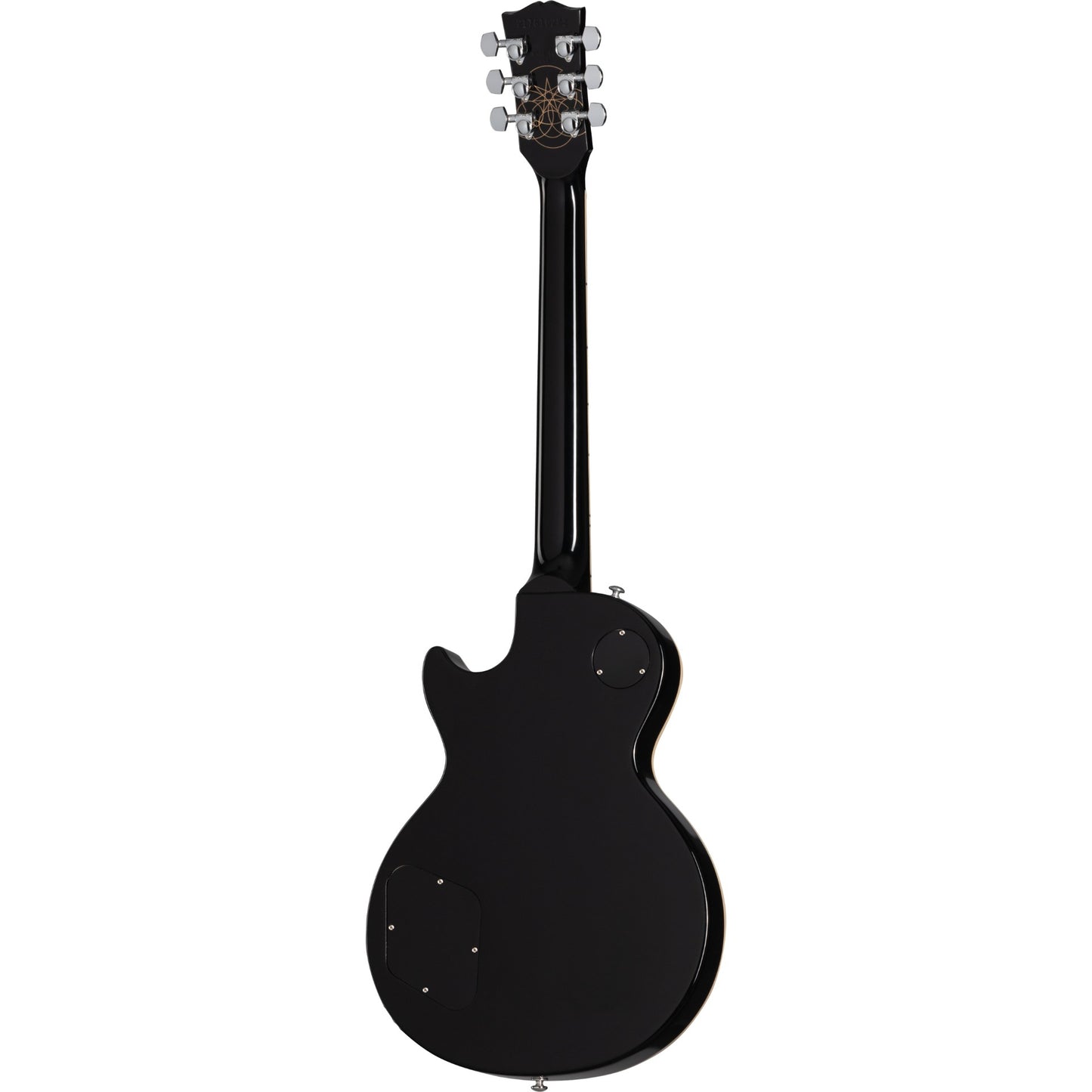
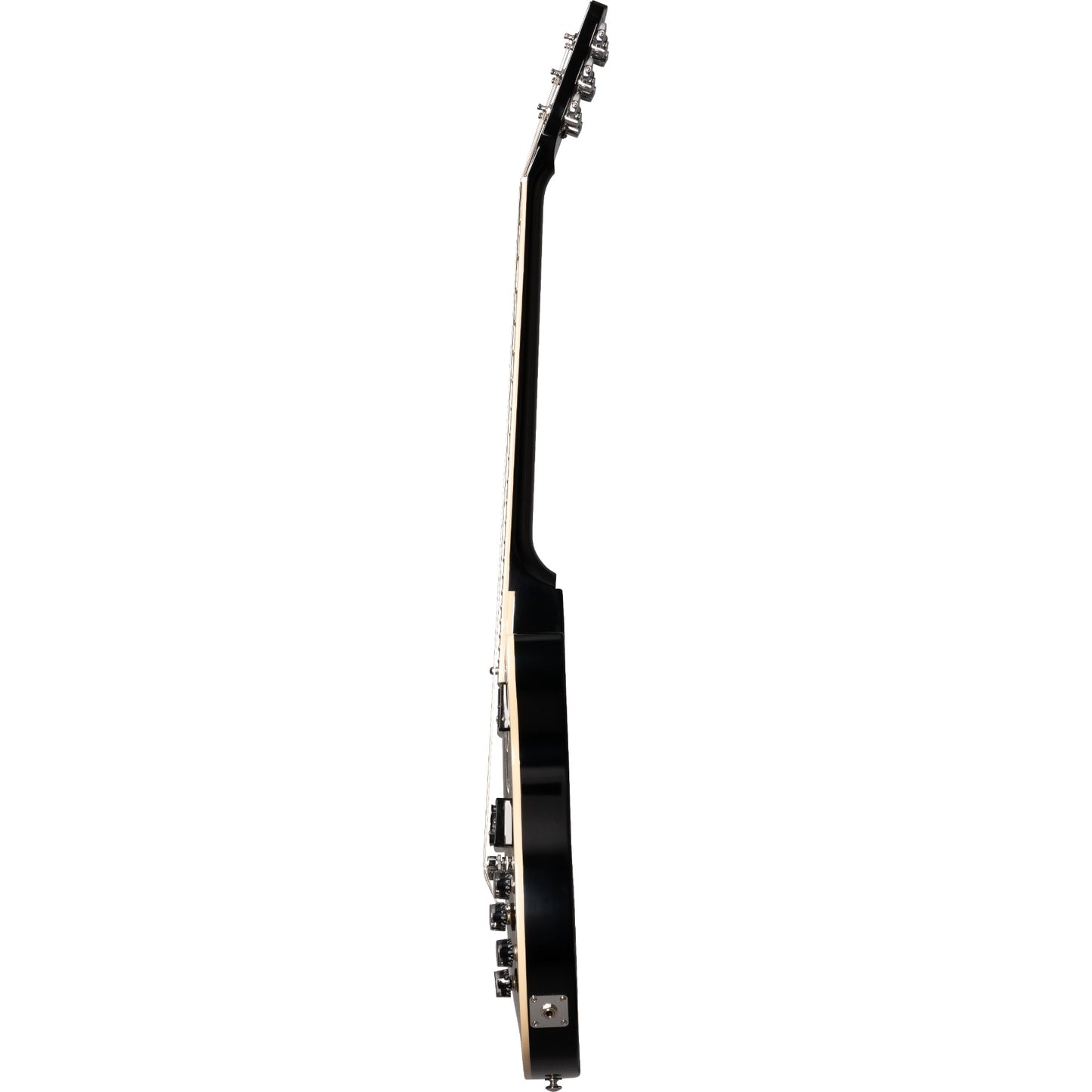
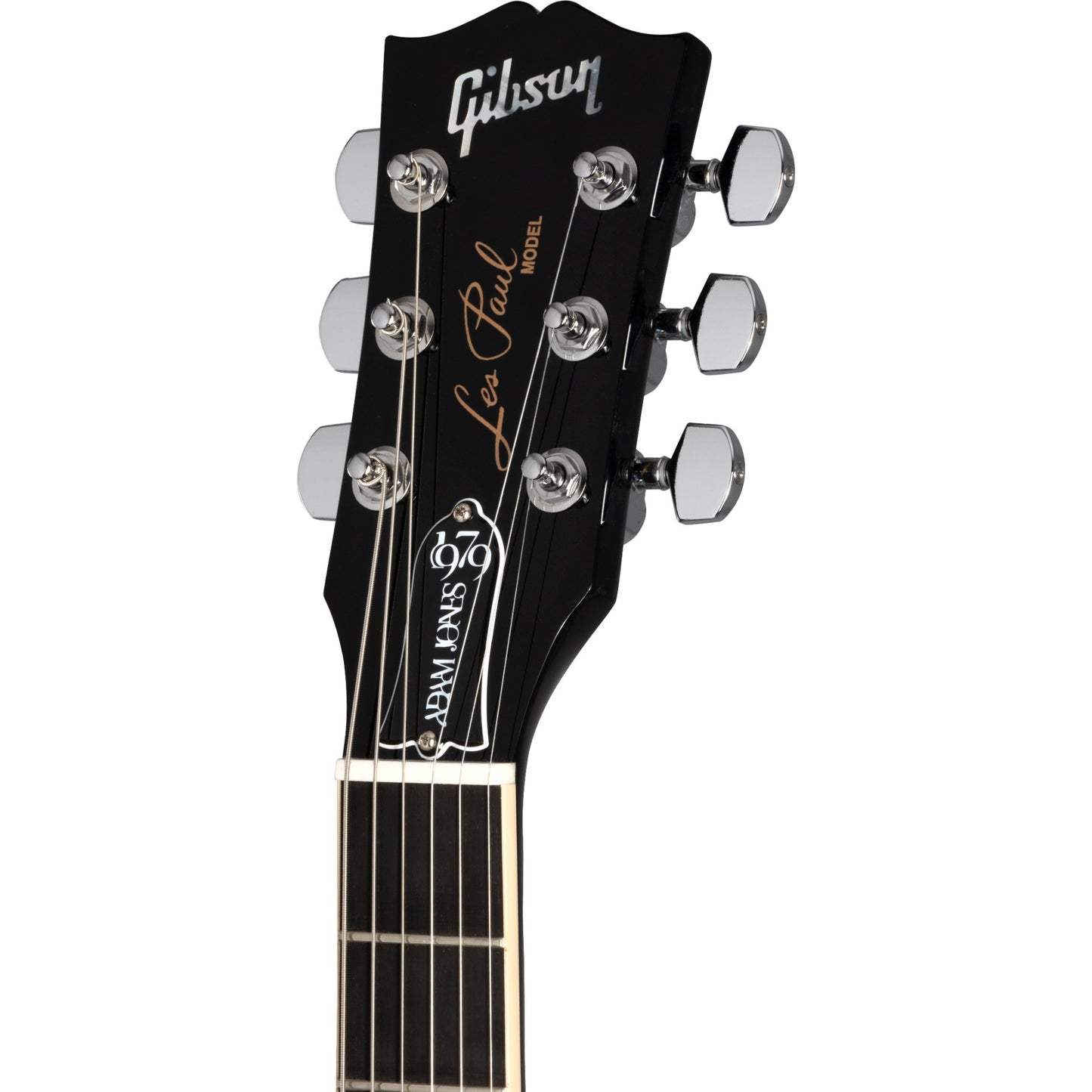






MXR Phase 90 Phaser Pedal
For more than four decades, the MXR Phase 90 has been a mainstay on the pedal boards of millions of players around the globe. This little orange box went on to become the sole icon of its effect category, and countless legendary riffs have benefitted from the sonic qualities of this pedal.
This iconic phaser pedal is responsible for the swirling, psychedelic textures that are a hallmark of Tool's sound.
The Phase 90 takes you from subtle, spatial shimmer to all-out high velocity swooshing with the twist of a knob.
Adam Jones has skillfully incorporated the MXR Phase 90 pedal into his arsenal of effects. Known for his meticulous approach to crafting atmospheric soundscapes and intricate guitar textures, Jones has made the MXR Phase 90 an integral part of his signature sound. This pedal allows him to infuse Tool's music with swirling, hypnotic phaser effects that can be heard in songs like "Lateralus" and "Jambi."
The MXR Phase 90's simplicity aligns perfectly with Adam Jones' approach to his craft, where he values precision and depth in his guitar tones. By expertly manipulating the pedal's single control knob, he's able to create the distinctive phase-shifted soundscapes that have become a hallmark of Tool's music. His tasteful use of the MXR Phase 90 adds an ethereal and otherworldly dimension to Tool's compositions, contributing to their unique and transcendent sonic identity.
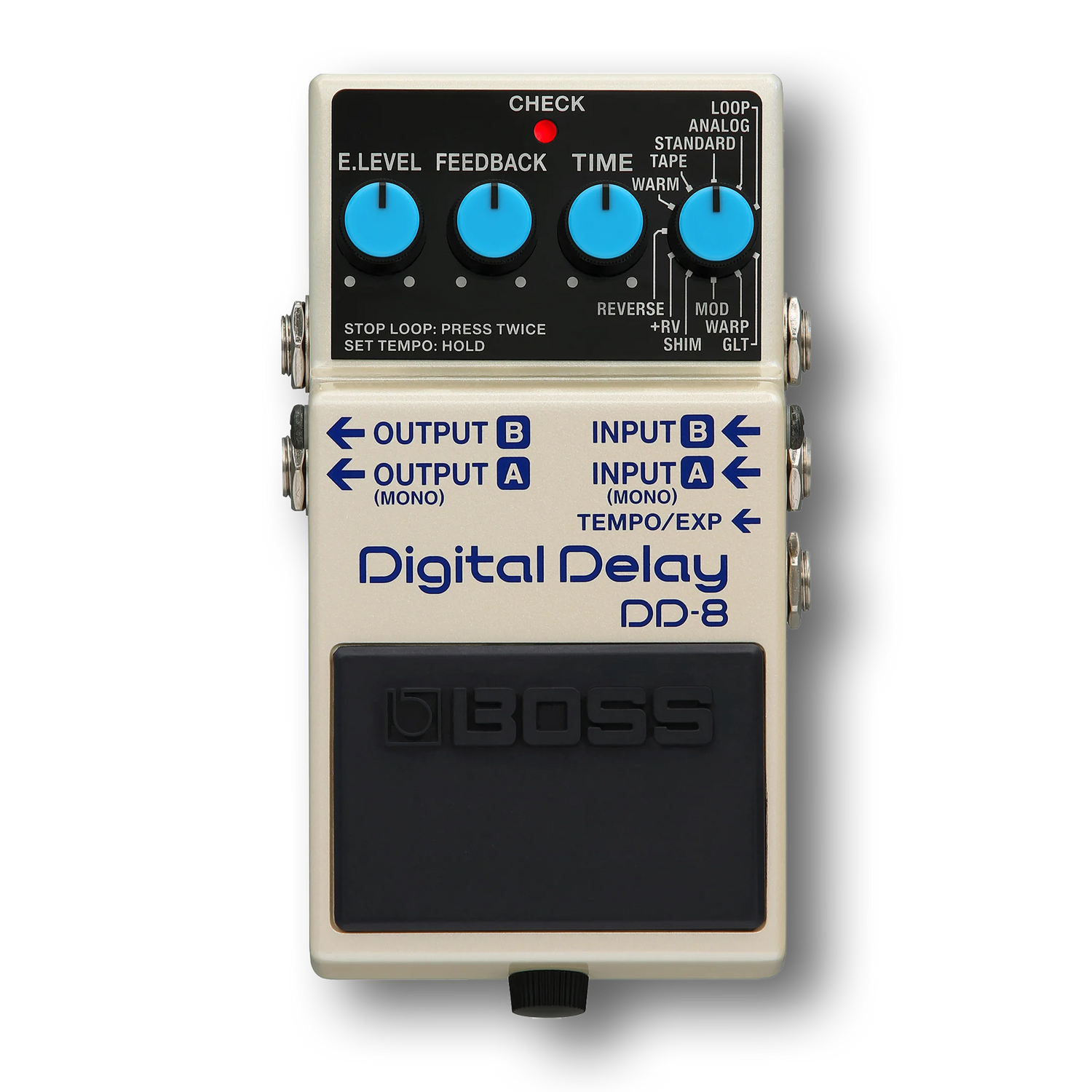
Boss DD-8 Digital Delay Pedal
The DD-8’s inputs and outputs have smart functionality, allowing you to set the pedal for any application simply by connecting cables in different ways. A variety of mono and stereo connections are supported, including discrete dry and effect outputs for wet/dry setups. It’s even possible to defeat the dry signal entirely, perfect for delay-only blending in a parallel effects loop.
Adam uses this delay pedal to create spacious and atmospheric echoes, which are often a central element in Tool's music.
Equipped with a diverse selection of delays, the DD-8 packs impressive sonic range into one small pedal. Clean digital delays, vintage analog and tape types, and modulation echo are available, plus specialty delays like shimmer and reverse. There’s a new Warm type for softer echo tones, and a +RV type that blends delay and reverb together. Warp is perfect for dynamic ambient textures, while the new GLT type is great for glitchy rhythmic effects.
Tool has skillfully harnessed the power of the Boss DD-8 digital delay pedal to shape their distinct and expansive sonic landscapes. Known for their intricate, time-signature-shifting compositions, Tool employs the DD-8 to add depth, texture, and complexity to their music. This versatile pedal offers a wide range of delay effects, and Tool has used it to create hauntingly atmospheric sounds, cascading echoes, and mesmerizing rhythmic patterns that are integral to their songs. The Boss DD-8 pedal is a crucial element in Tool's arsenal, allowing them to craft the intricate and immersive sonic journeys that have captivated audiences for years.

MXR Phase 90 Phaser M101 Effects Pedal


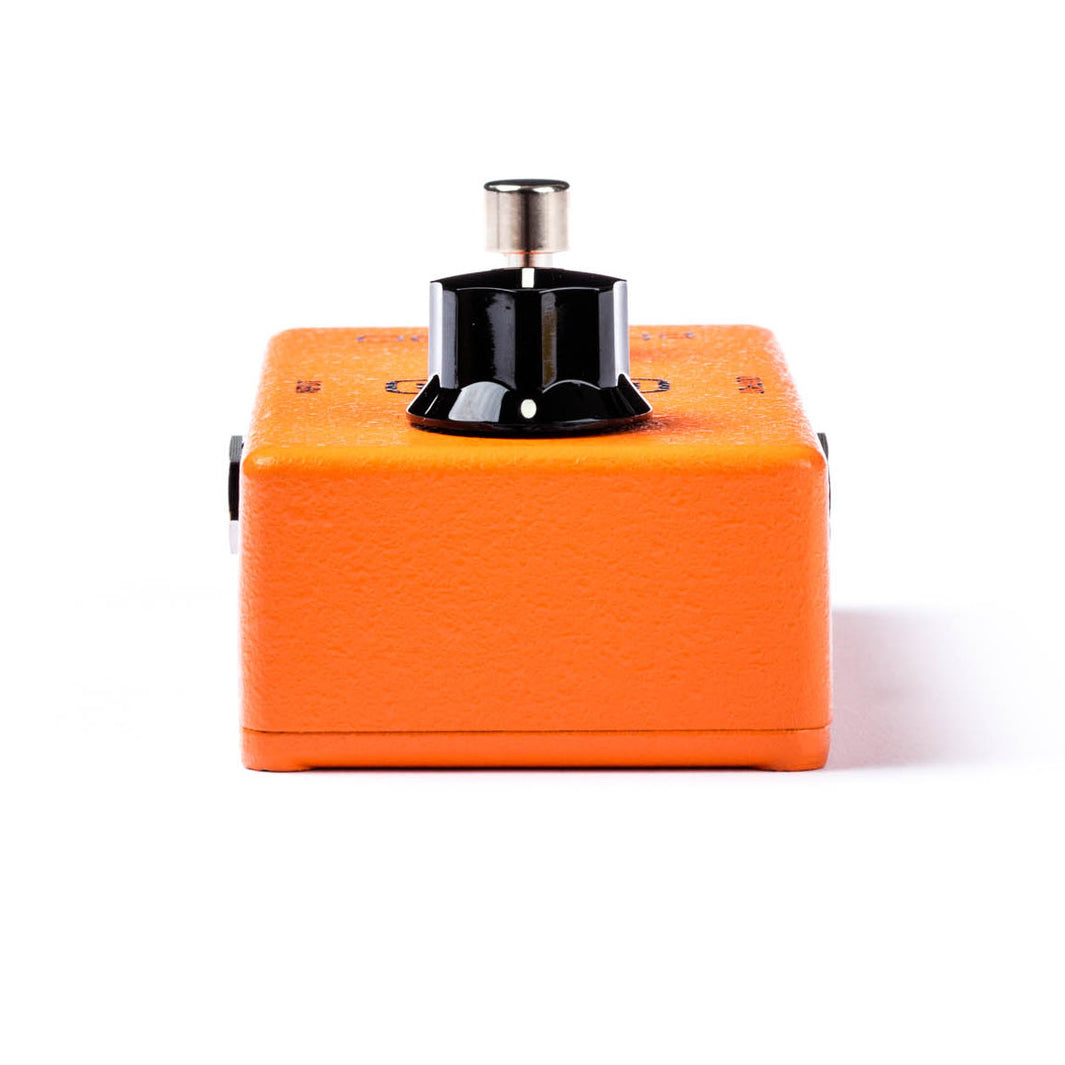
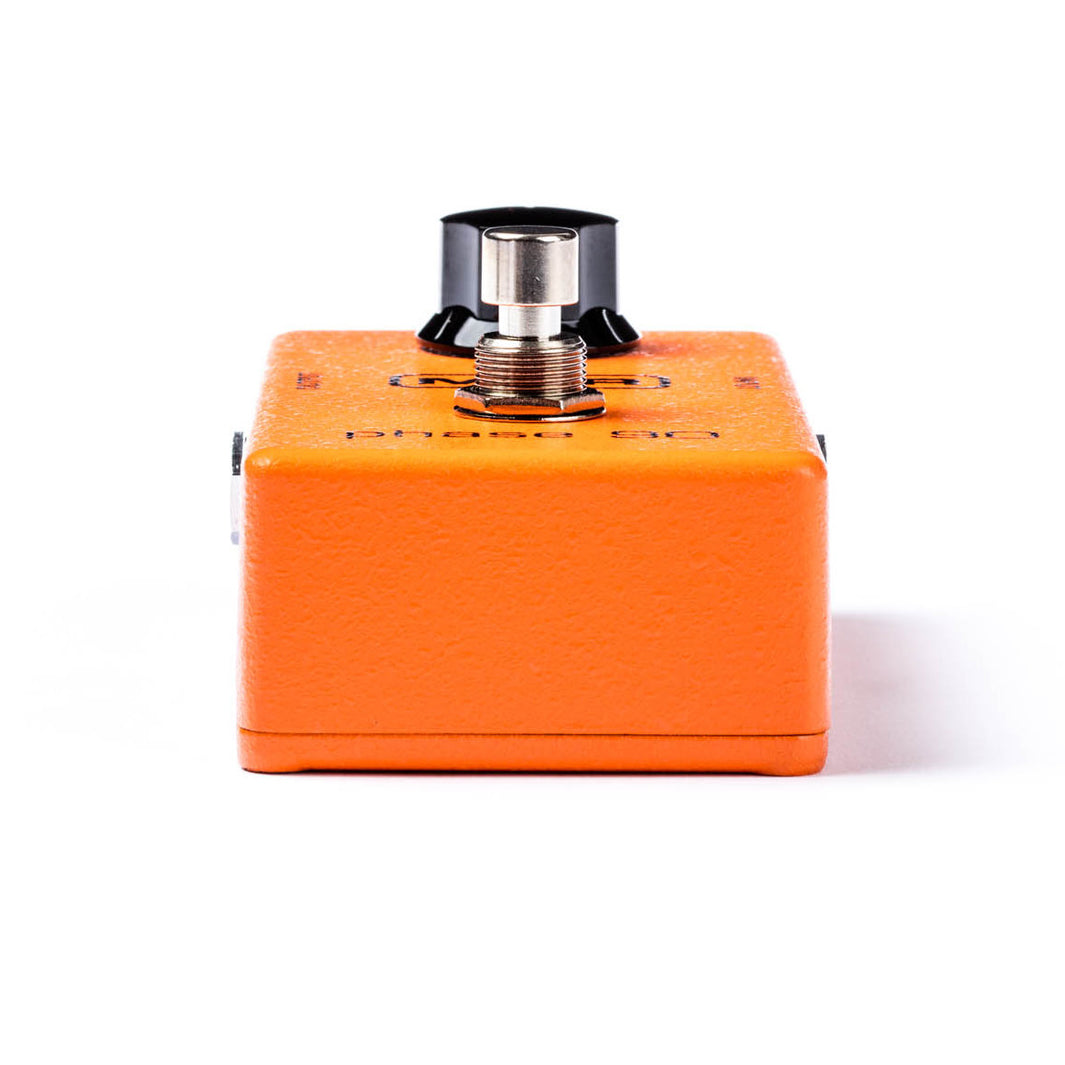




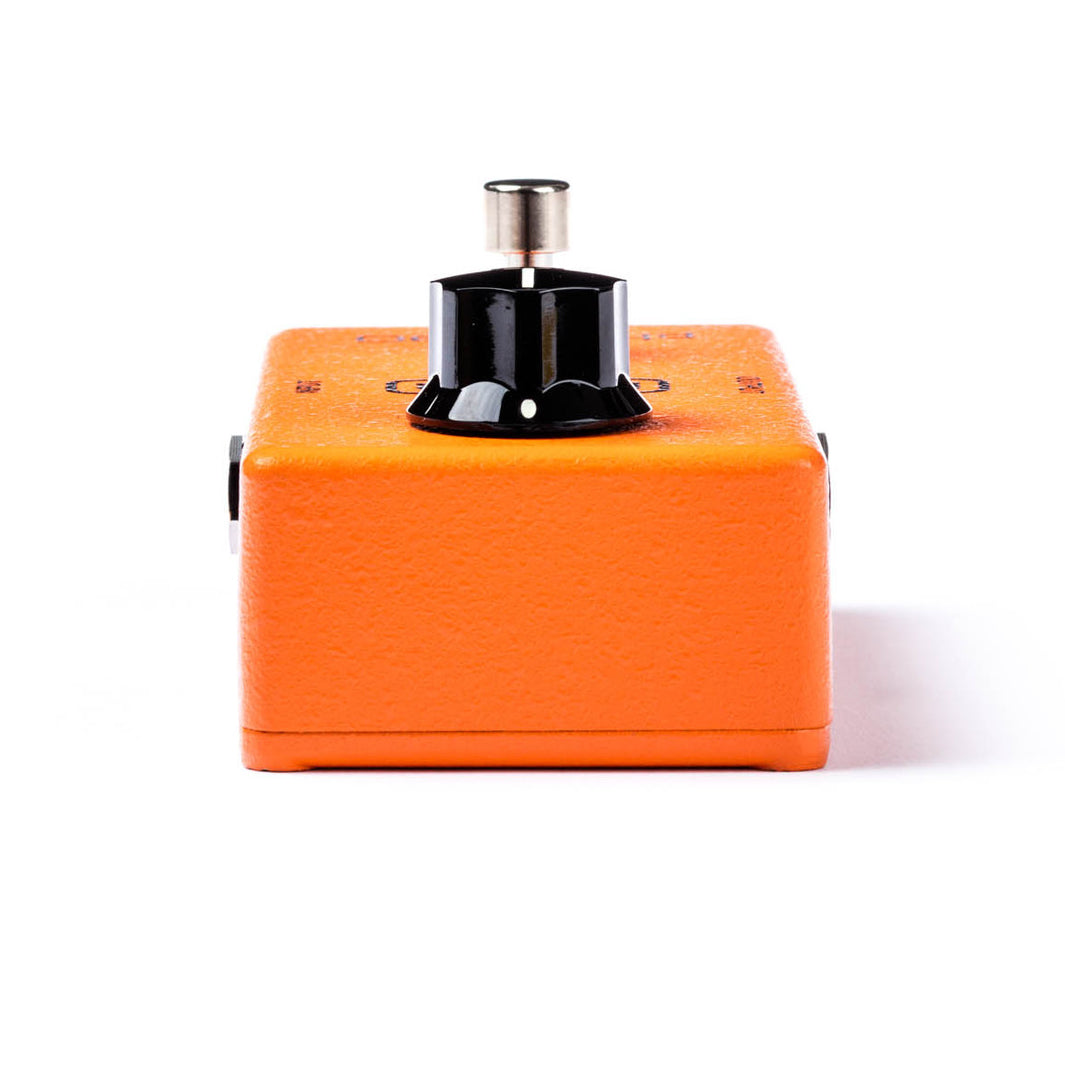





Boss DD-8 Digital Delay Pedal
+ Free Shipping


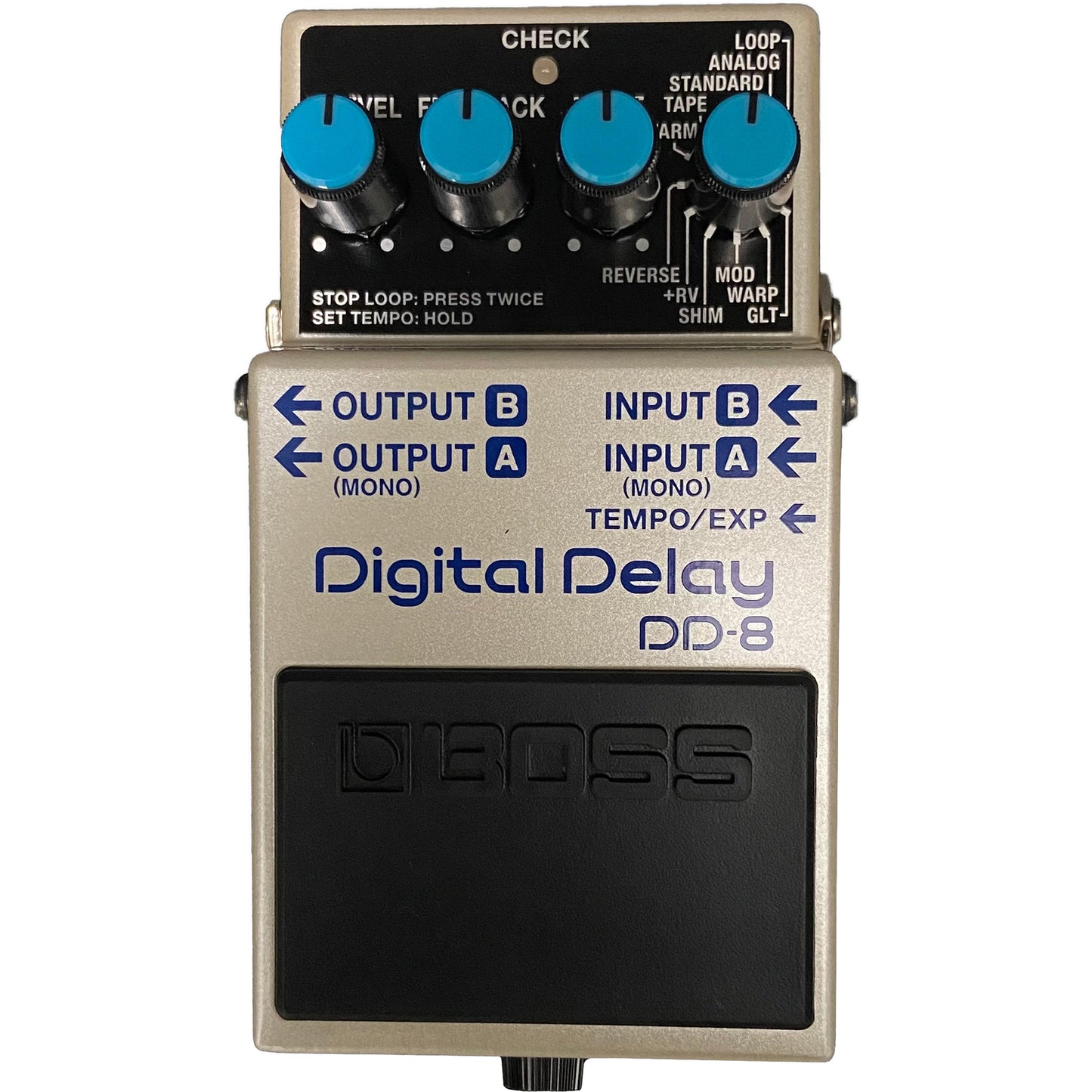
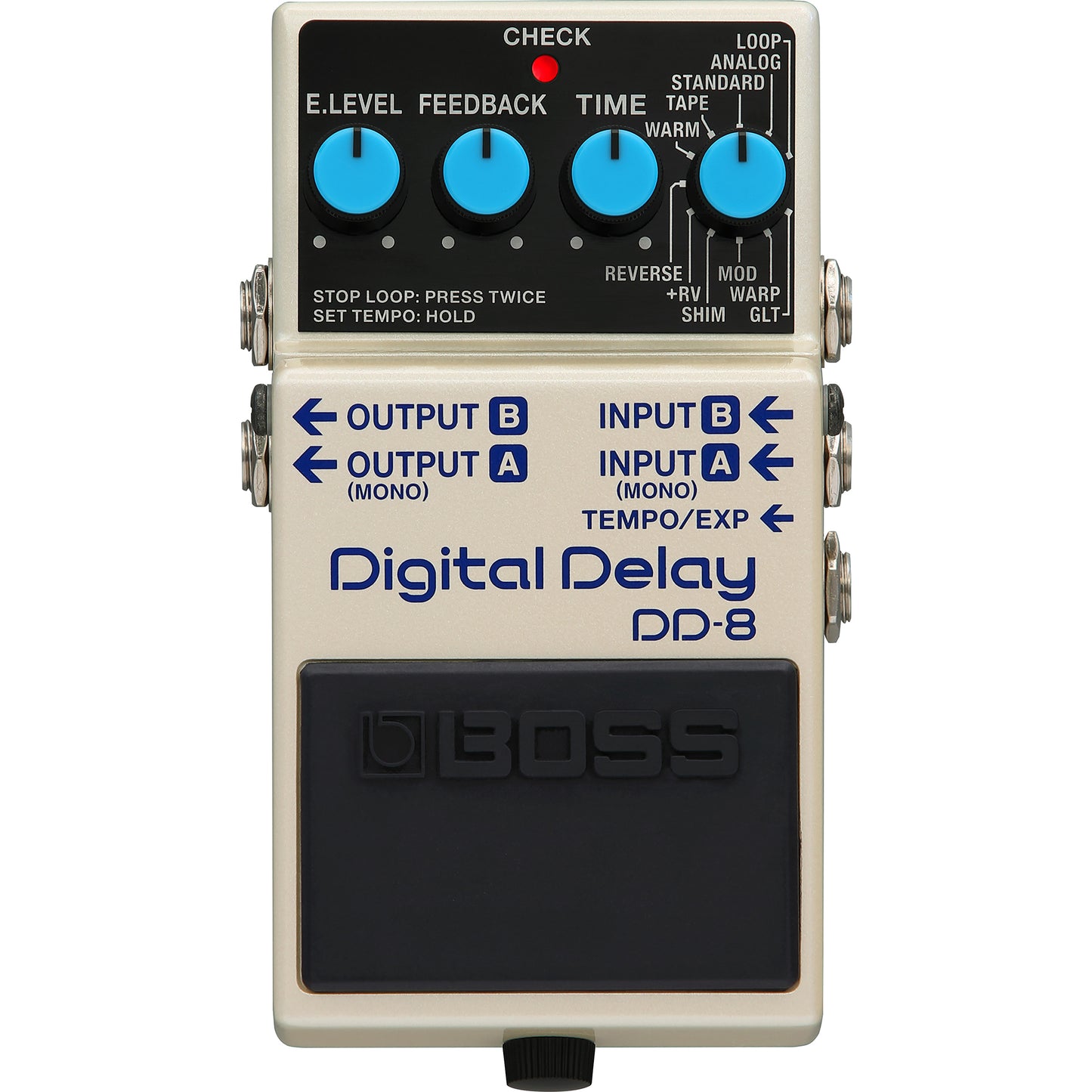
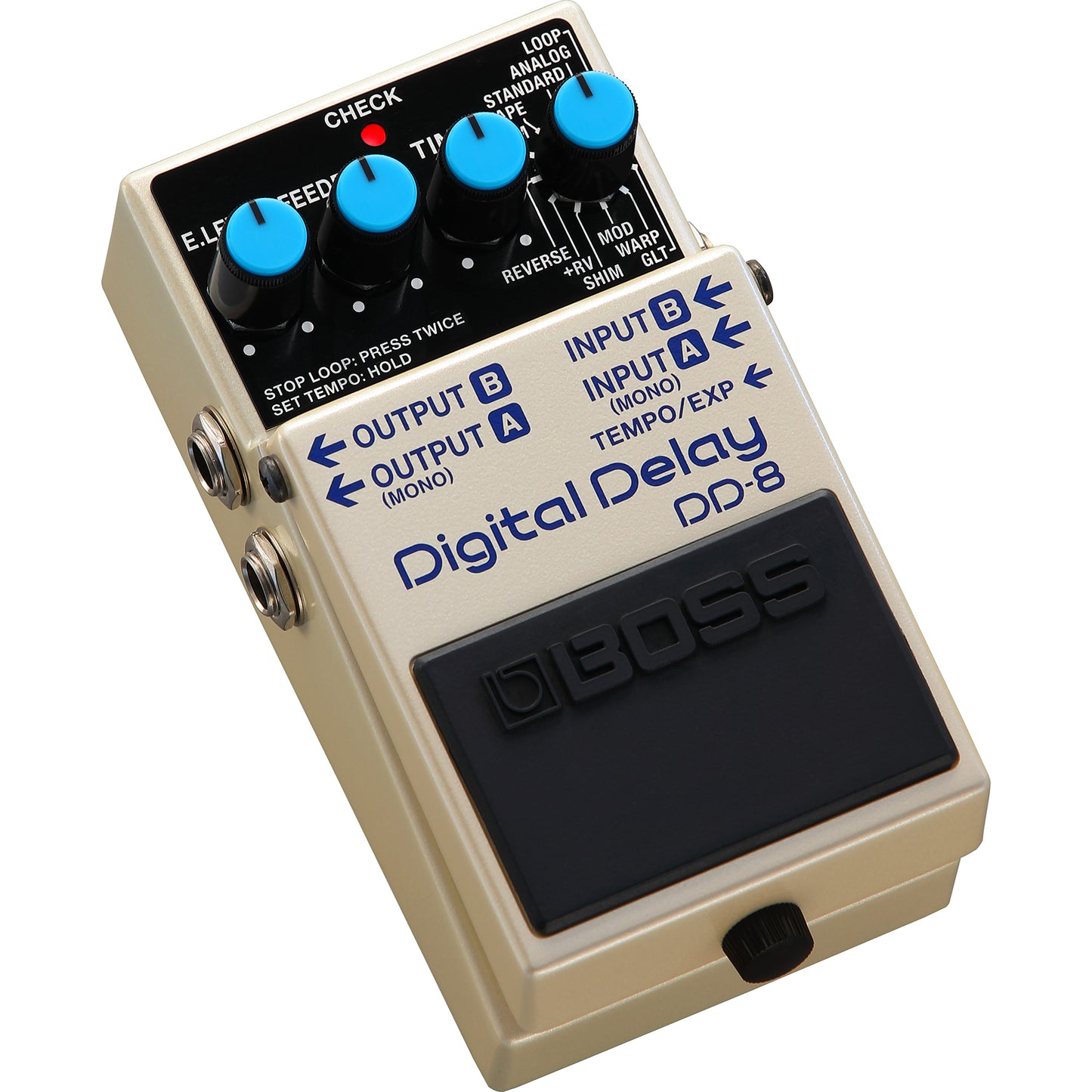

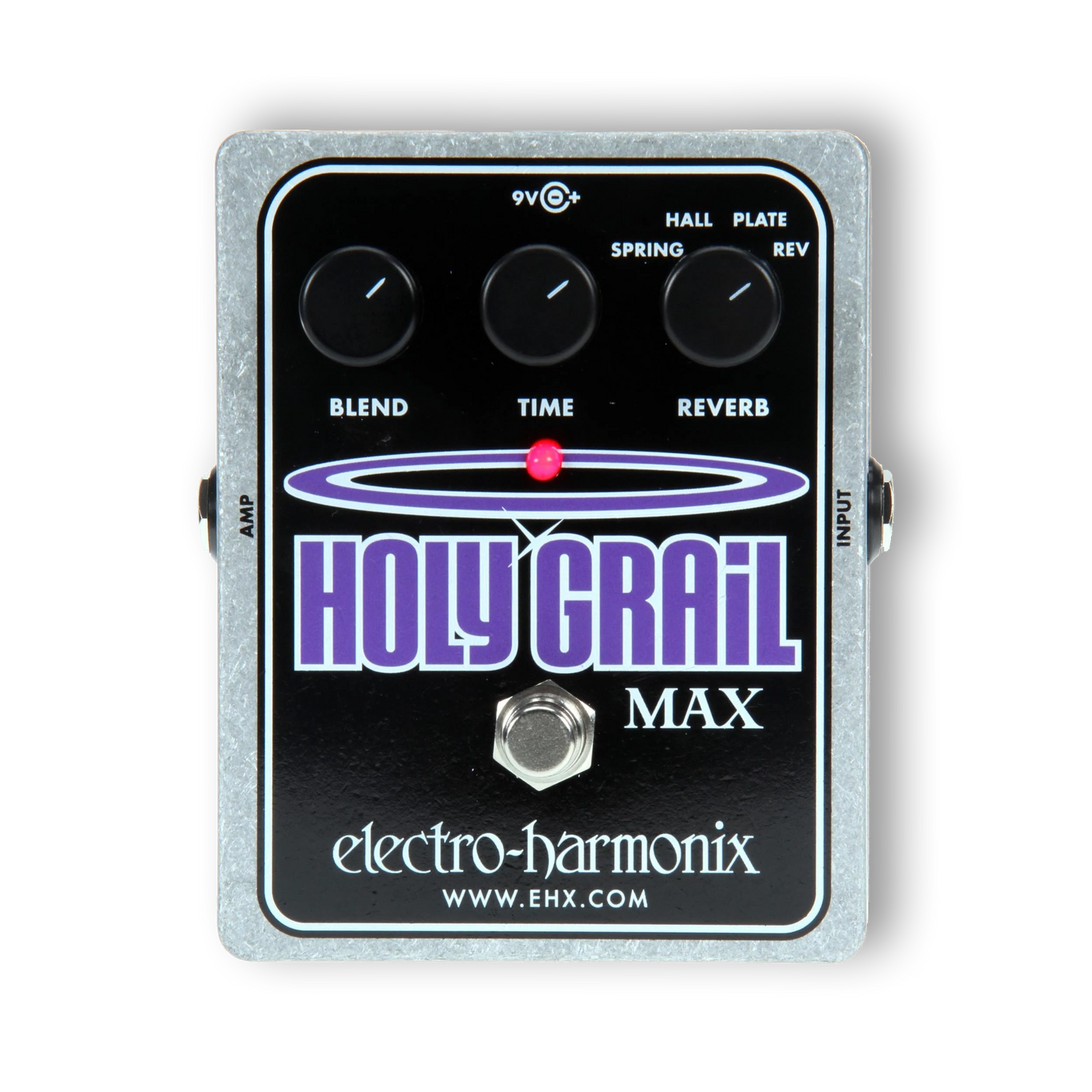
The original Holy Grail pedal has been discontinued but here is the Electro Harmonix Holy Grail Max Reverb Pedal
Tool has masterfully integrated the Electro-Harmonix Holy Grail pedal into their sonic arsenal. Renowned for their meticulous attention to detail, Tool employs the Holy Grail to conjure an array of rich and ethereal reverb textures that permeate their music. This versatile pedal offers a spectrum of reverb types, from classic spring reverb to celestial hall settings, enhancing Tool's soundscapes with a sense of depth and mystique. The Holy Grail pedal has become an indispensable tool for Tool, aiding them in creating the immersive, otherworldly soundscapes that characterize their compositions, making it a key component of their distinctive sonic signature.
This pedal provides lush and ethereal reverb to enhance the atmospheric elements in Tool's music.
The Holy Grail Plus starts with the Holy Grails amazing spring, hall, and flerb reverbs, and adds a graceful room reverb. The Plus multifunction control lets you control decay, damping and modulation speed. The Grail has gotten even more divine.

The H9 has been discontinued but this is the Eventide H9 MAX Harmonizer Pedal
Tool's innovative approach to music extends to their use of effects pedals, including the Eventide H9 Harmonizer. This multi-purpose stompbox is a chameleon of sound manipulation, and Tool employs it with precision. The H9 provides a vast palette of effects, from lush reverbs and delays to harmonizers and pitch-shifting capabilities. Tool has harnessed the H9 to achieve the signature atmospheric and otherworldly textures that underpin their progressive metal sound. By tapping into the H9's deep editing capabilities, Tool has created intricate sonic landscapes that seamlessly integrate into their music, adding layers of complexity to their already multifaceted compositions. This versatile pedal's ability to adapt to Tool's ever-evolving sound showcases the band's dedication to pushing the boundaries of music and technology.
An amazing conglomeration of all the amazing effects Eventide's other delays into a single pedal
Includes all 45 algorithms as well as associated presets from Space, TimeFactor, PitchFactor, and Modfactor, plus UltraTap Delay, Resonator, and Compressor EQ.
Known for its versatility, this pedal allows Jones to experiment with various modulation, pitch-shifting, and time-based effects, adding depth and complexity to his guitar sound.

Electro Harmonix Holy Grail Max Reverb Pedal
+ Free Shipping






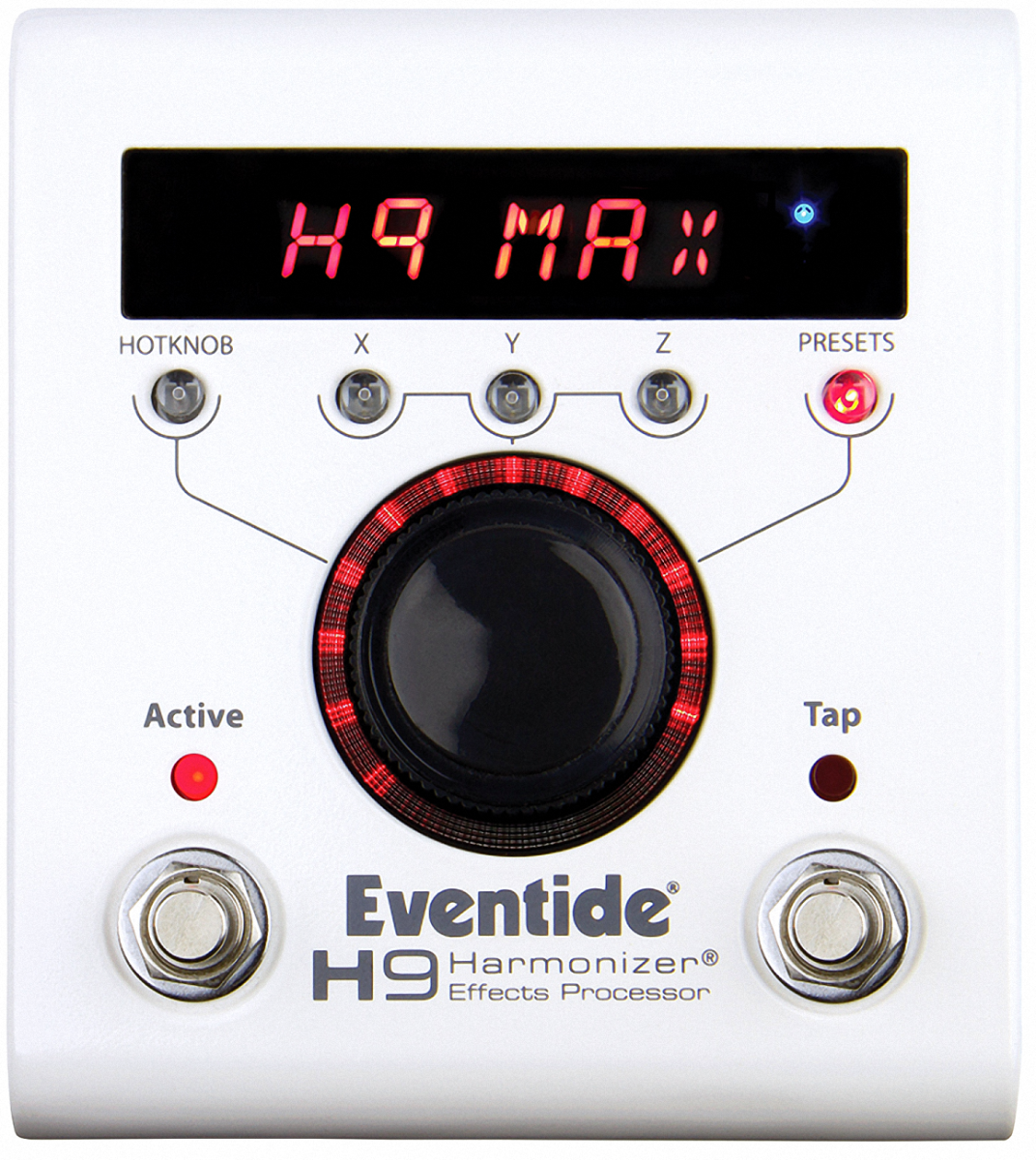

Eventide H9 MAX Harmonizer Pedal
+ Free Shipping


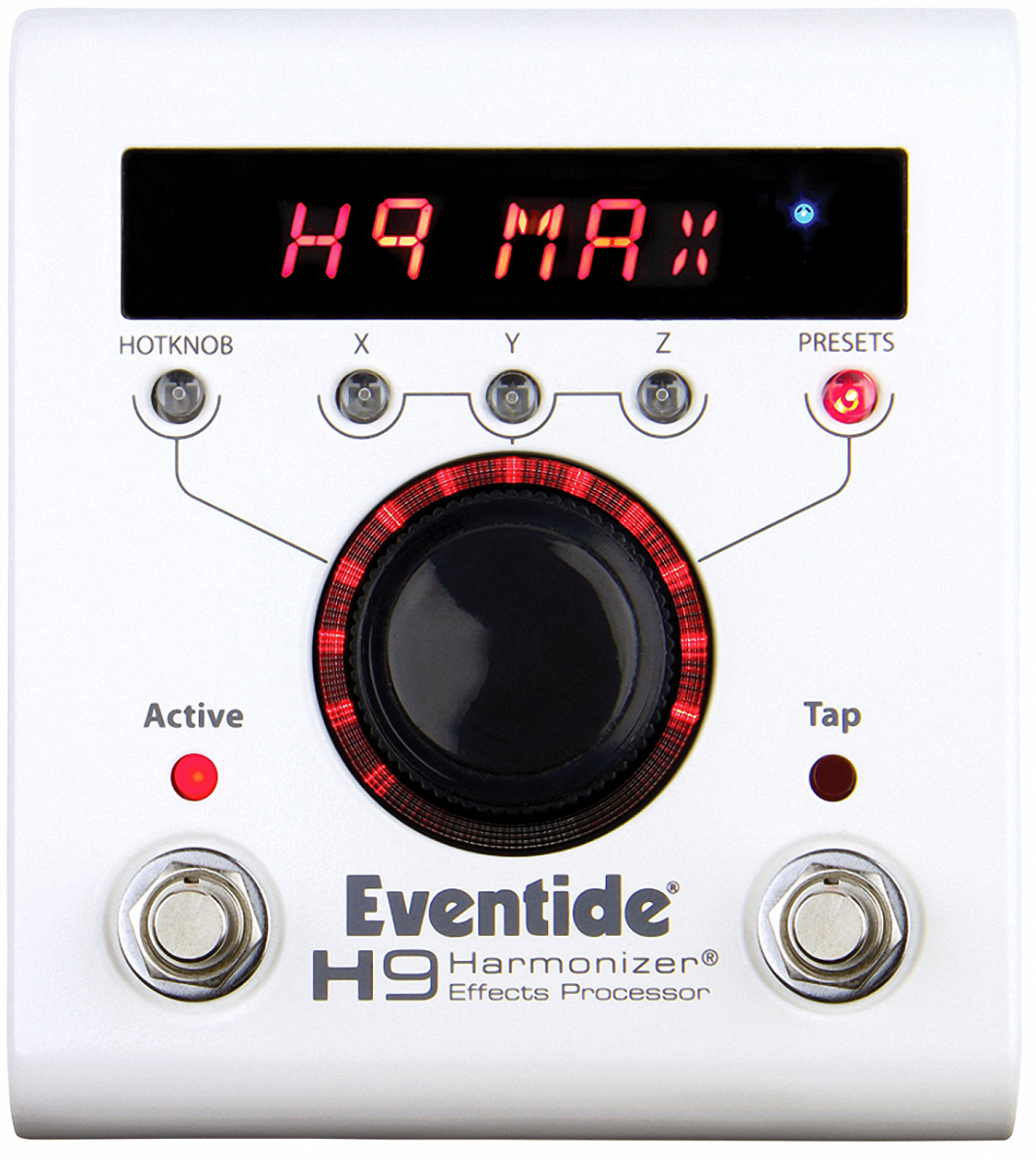
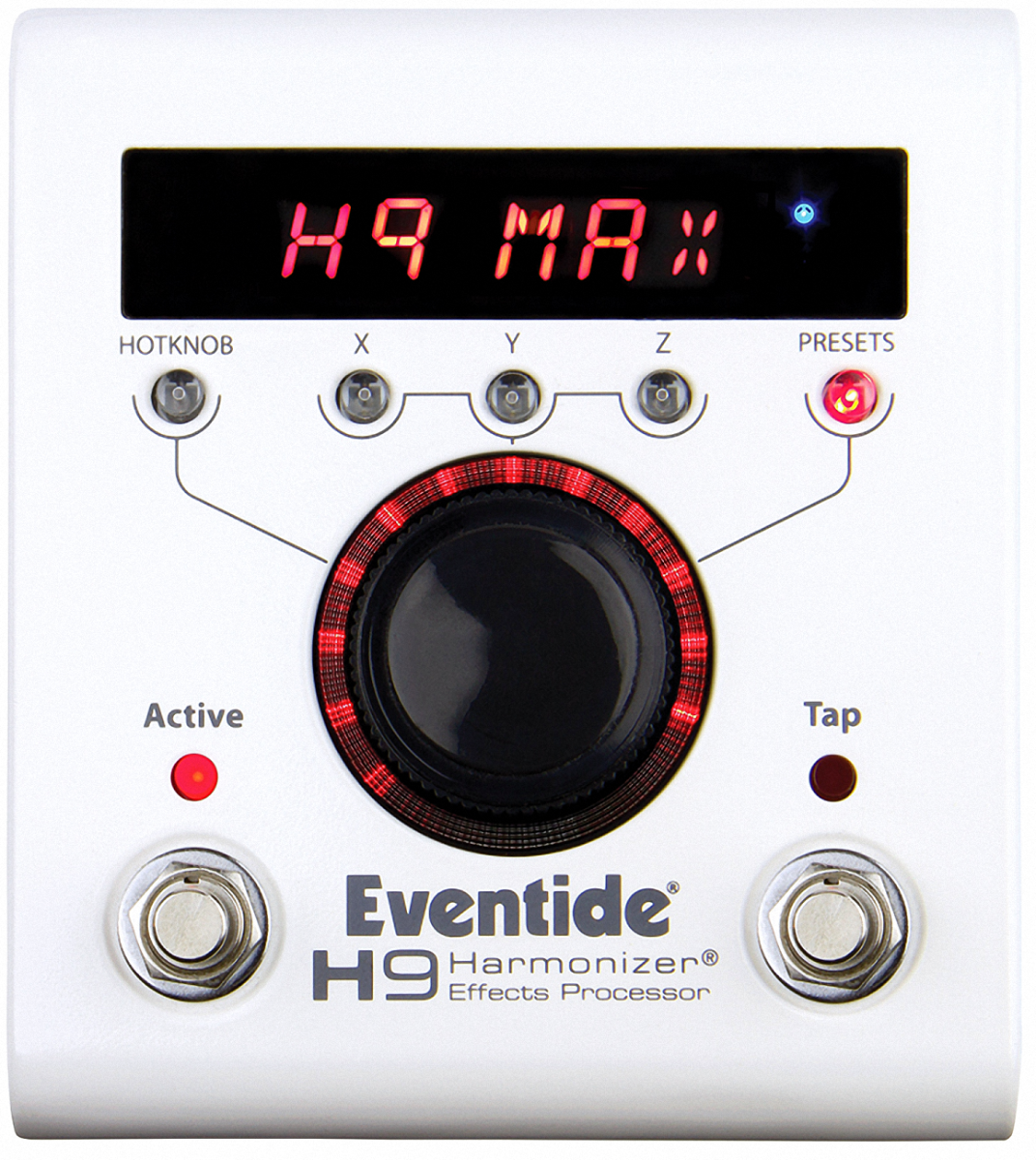





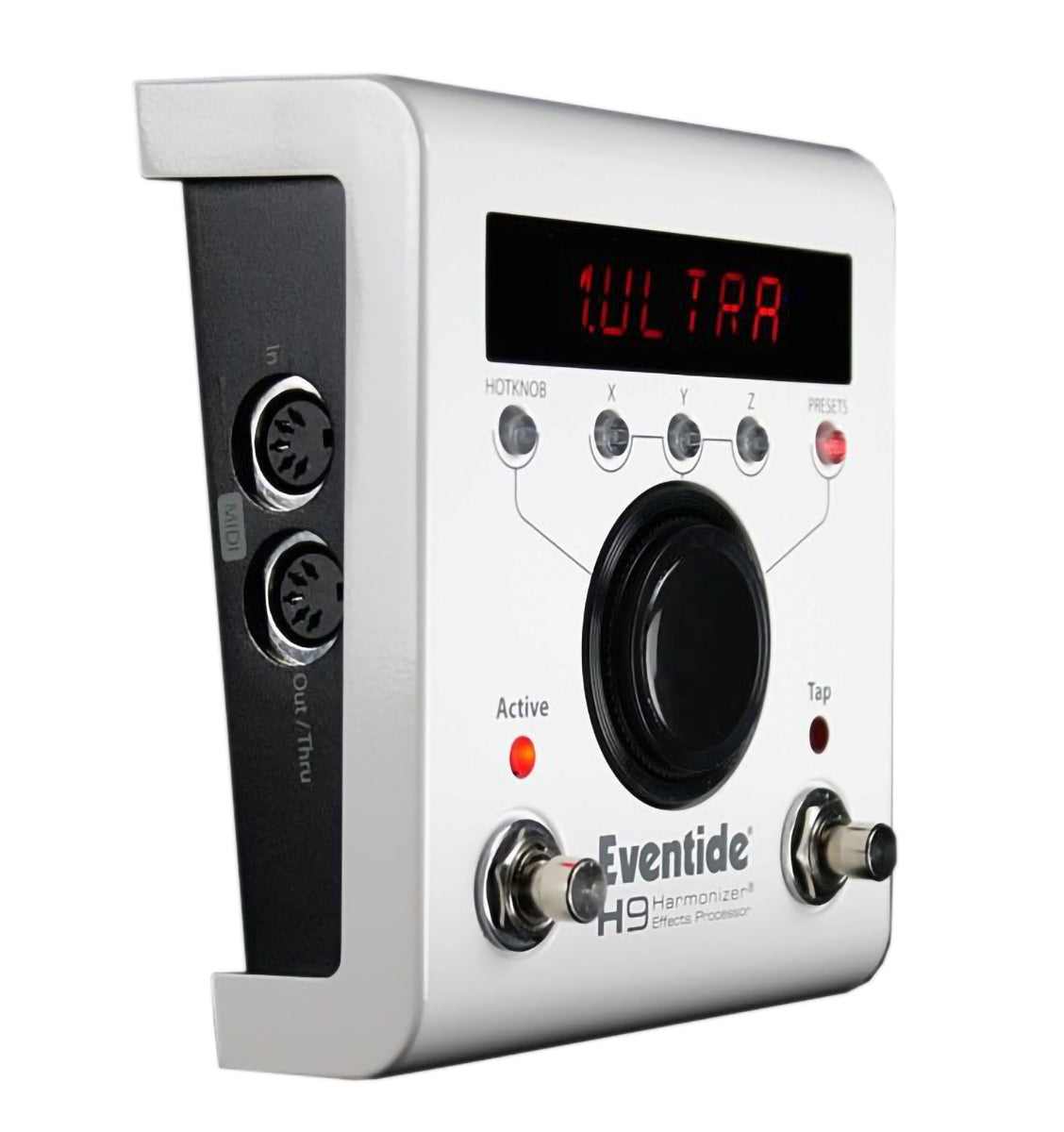
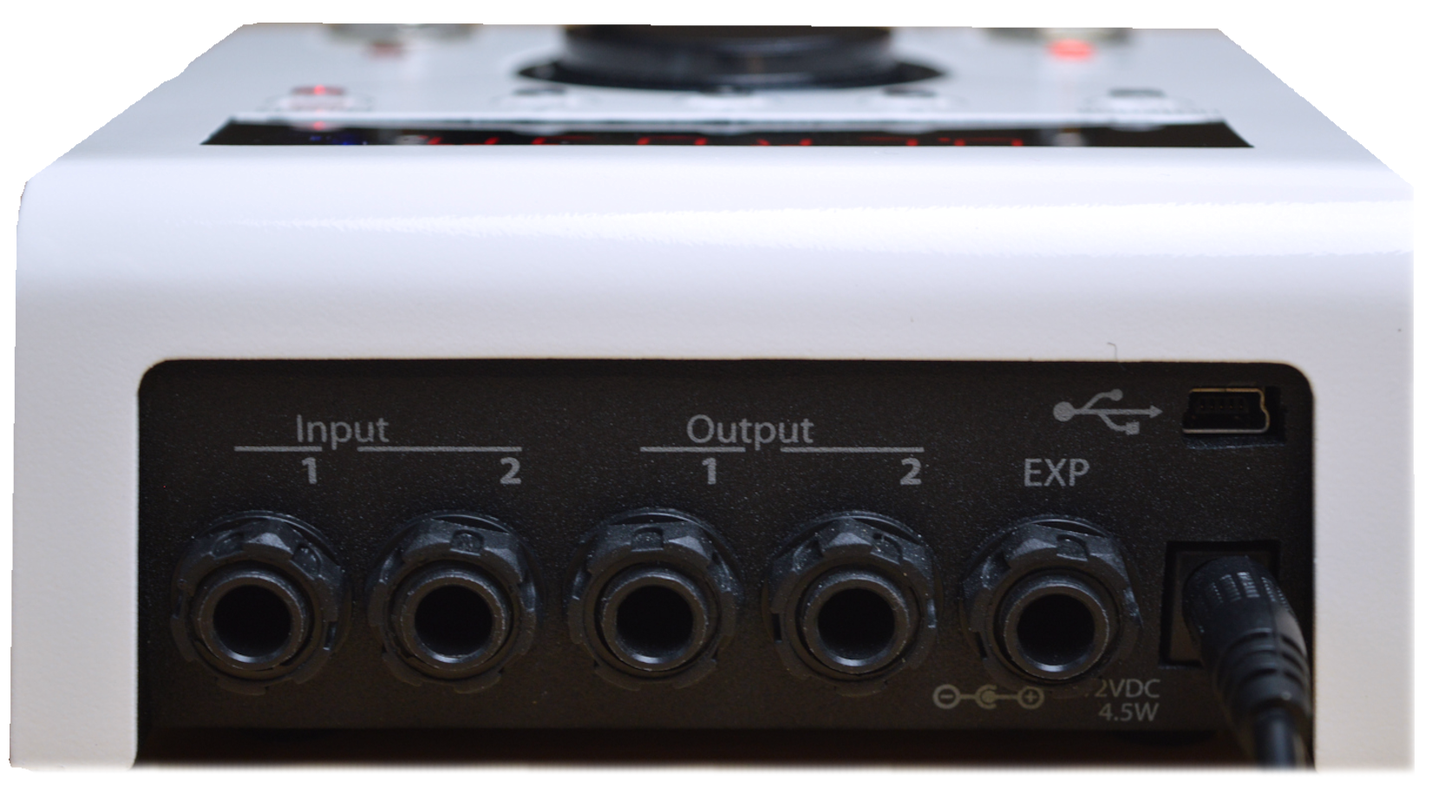


Line 6 DL4 MkII Delay Modeler Pedal
Tool's exploration of the Line 6 DL4 Delay Modeler pedal has been a defining element of their distinctive sound. This pedal, revered for its echo and delay effects, has become an essential tool in shaping Tool's atmospheric and progressive sonic landscapes. The DL4 offers a wide range of delay options, including tape echo simulations, reverse delays, and looping capabilities, all of which are seamlessly integrated into Tool's compositions. The band uses this pedal's diverse settings to craft intricate, time-bending soundscapes that provide a sense of depth and texture to their music. Tool's use of the Line 6 DL4 highlights their commitment to sonic experimentation and innovation, allowing them to push the boundaries of what is achievable in the realm of progressive metal.
Another delay pedal that offers a wide range of delay effects and looping capabilities, allowing Adam to create intricate soundscapes.
The DL4 MkII honors that legacy by including every one of those original sounds and features, and retaining the same knob and footswitch layout, so there's no need for DL4 users to learn any new moves—but the DL4 MkII also introduces many new sounds and features that bring it fully into the 21st century. The 15 MkII delays were drawn from our HX® family of amp and effects processors and include Line 6 originals such as Harmony Delay, Pitch Echo, Euclidian Delay, Glitch Delay and ADT tape delay, as well as 4-Switch and 1-Switch looper types with up to 240 seconds of record time, expandable to several hours using an optional microSD card.
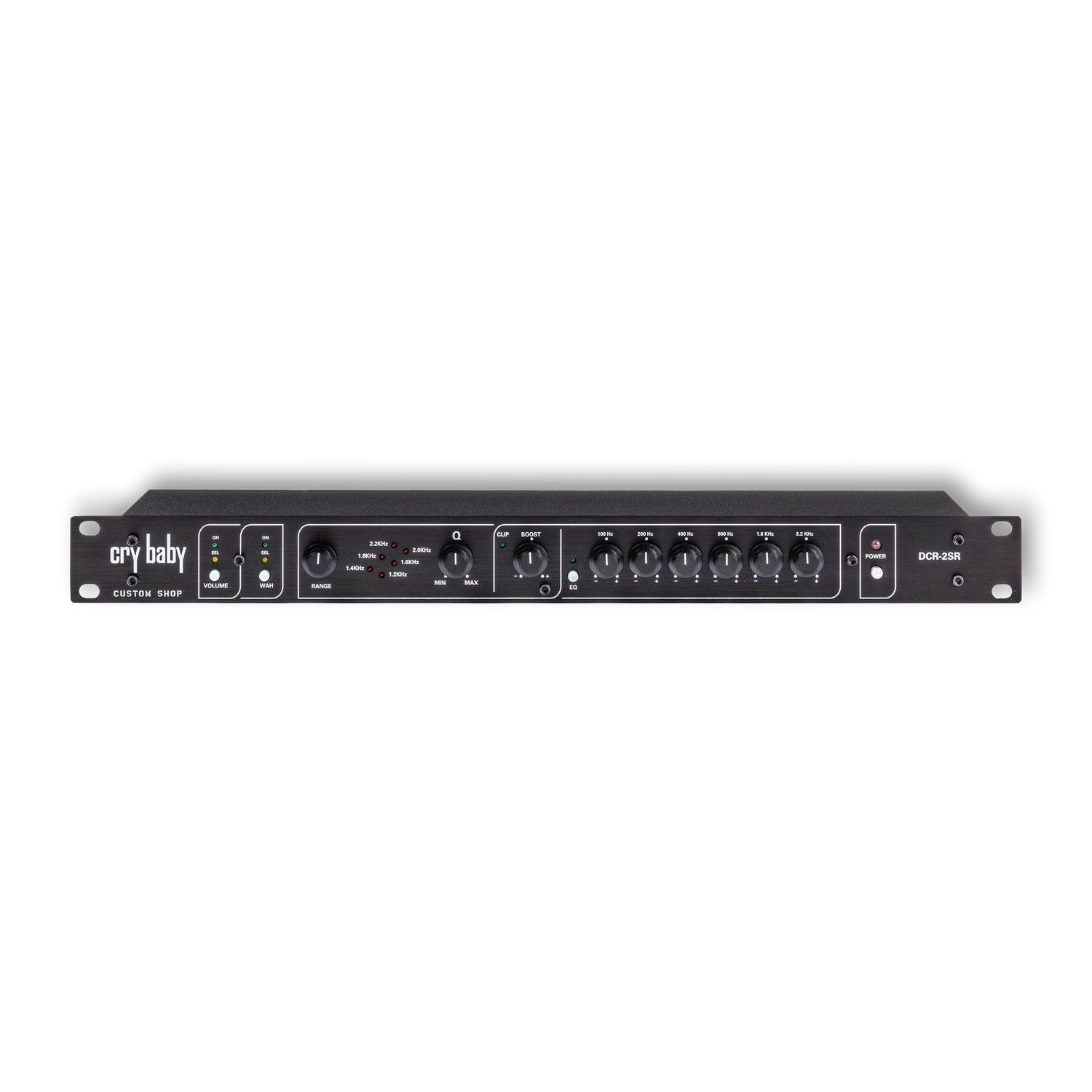
Dunlop Cry Baby® DCR-2SR Rack Module
Dunlop DCR-2SR Cry Baby Rack Wah: Tool's incorporation of the Cry Baby DCR-2SR Rack Module into their setup speaks to their dedication to sonic exploration and experimentation. This rack-mounted unit is an intricate and versatile wah and volume controller, allowing for intricate control over the sweep and tone of their guitar effects. In Tool's music, the DCR-2SR Rack is expertly wielded by guitarist Adam Jones, who leverages its capabilities to create dramatic and dynamic shifts in his guitar's tonal character. This pedal enables Jones to conjure the ethereal and otherworldly guitar textures that have become an integral part of Tool's progressive and transcendent sound. The Cry Baby DCR-2SR Rack Module showcases the band's commitment to pushing the boundaries of what can be achieved in the realm of alternative metal.
This rack-mounted wah pedal is used for those signature wah-wah effects that can be heard in many Tool songs.
The Dunlop Custom Shop Rack Wah gives more control over your wah tone than any wah pedal in the world. The 6-position switch lets you select the sweep frequency range, and the variable Q control determines the wah's bandpass shape. The adjustable boost (up to +10dB) makes the Rack Wah even more flexible. You can connect up to six pedals and place them anywhere onstage. The two outputs give you an astounding amount of routing options for unprecedented versatility.
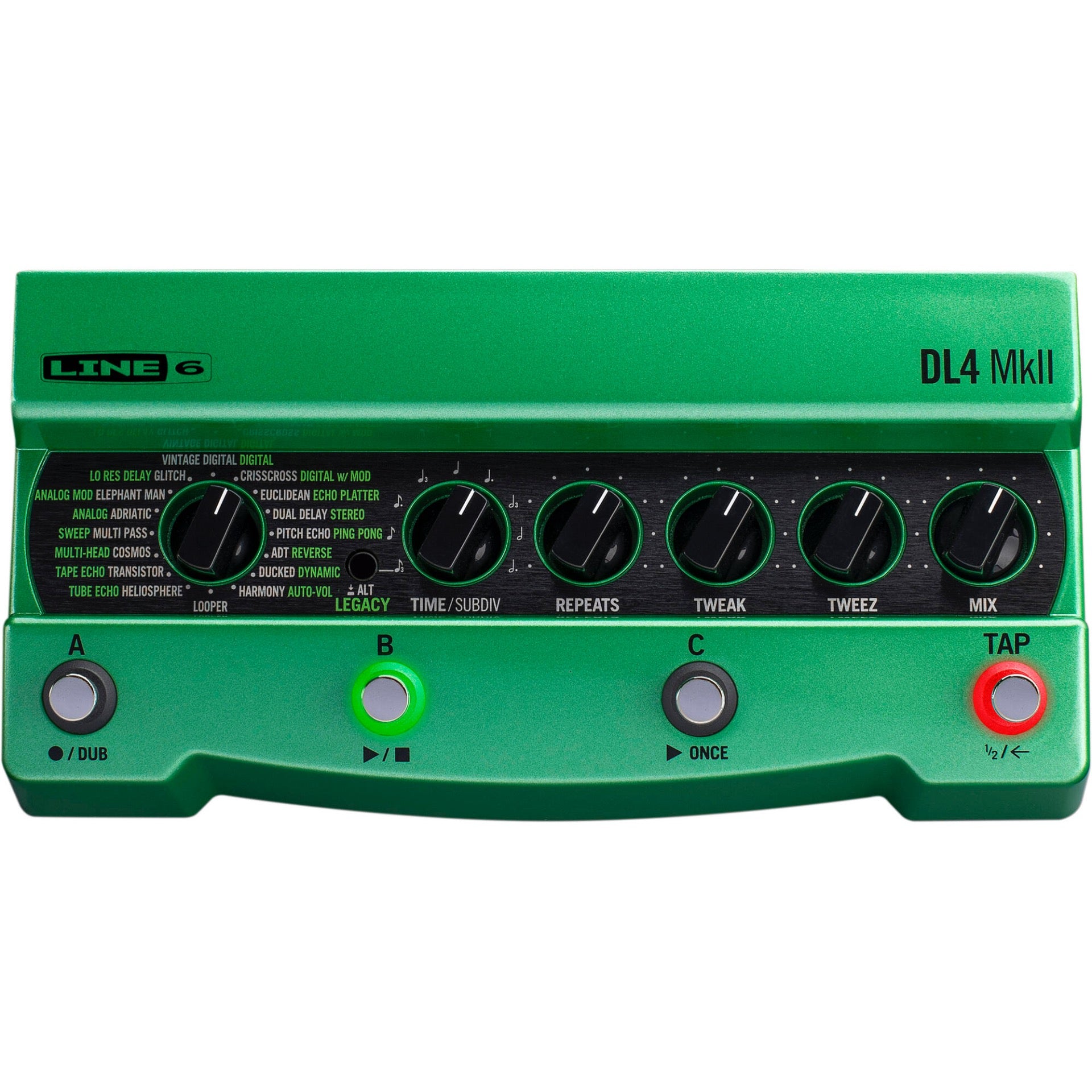
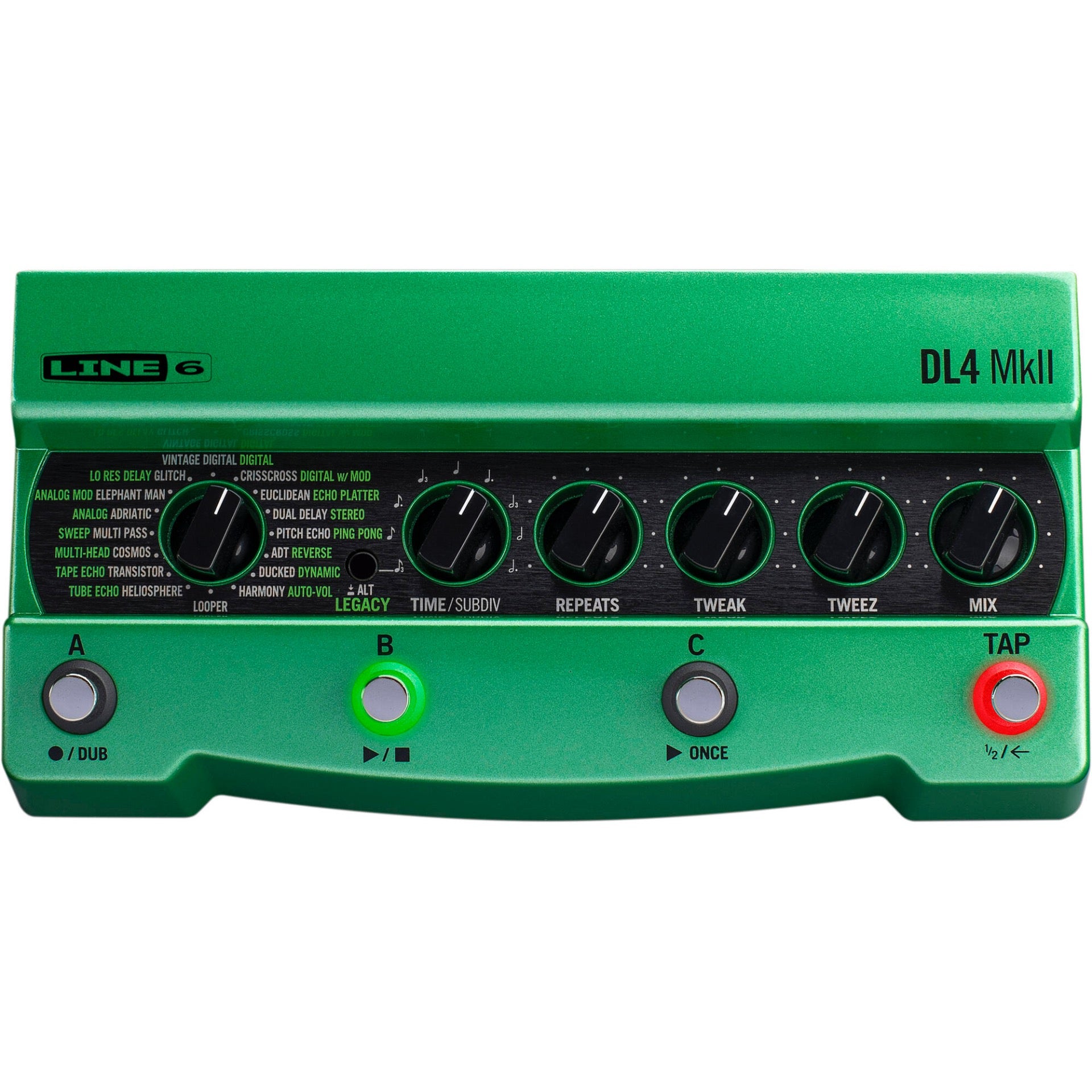
Line 6 DL4 MkII Delay Modeler Pedal
+ Free Shipping
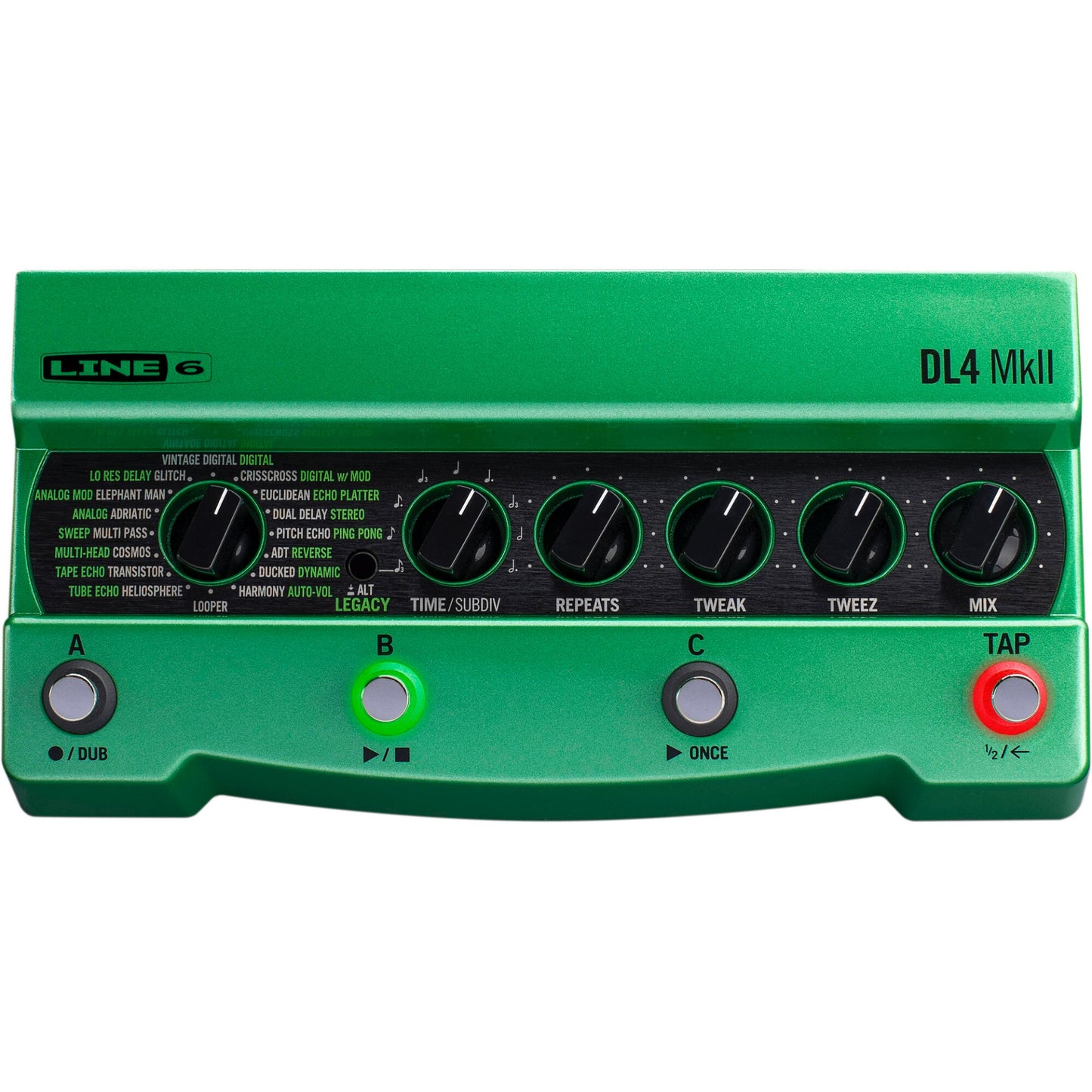
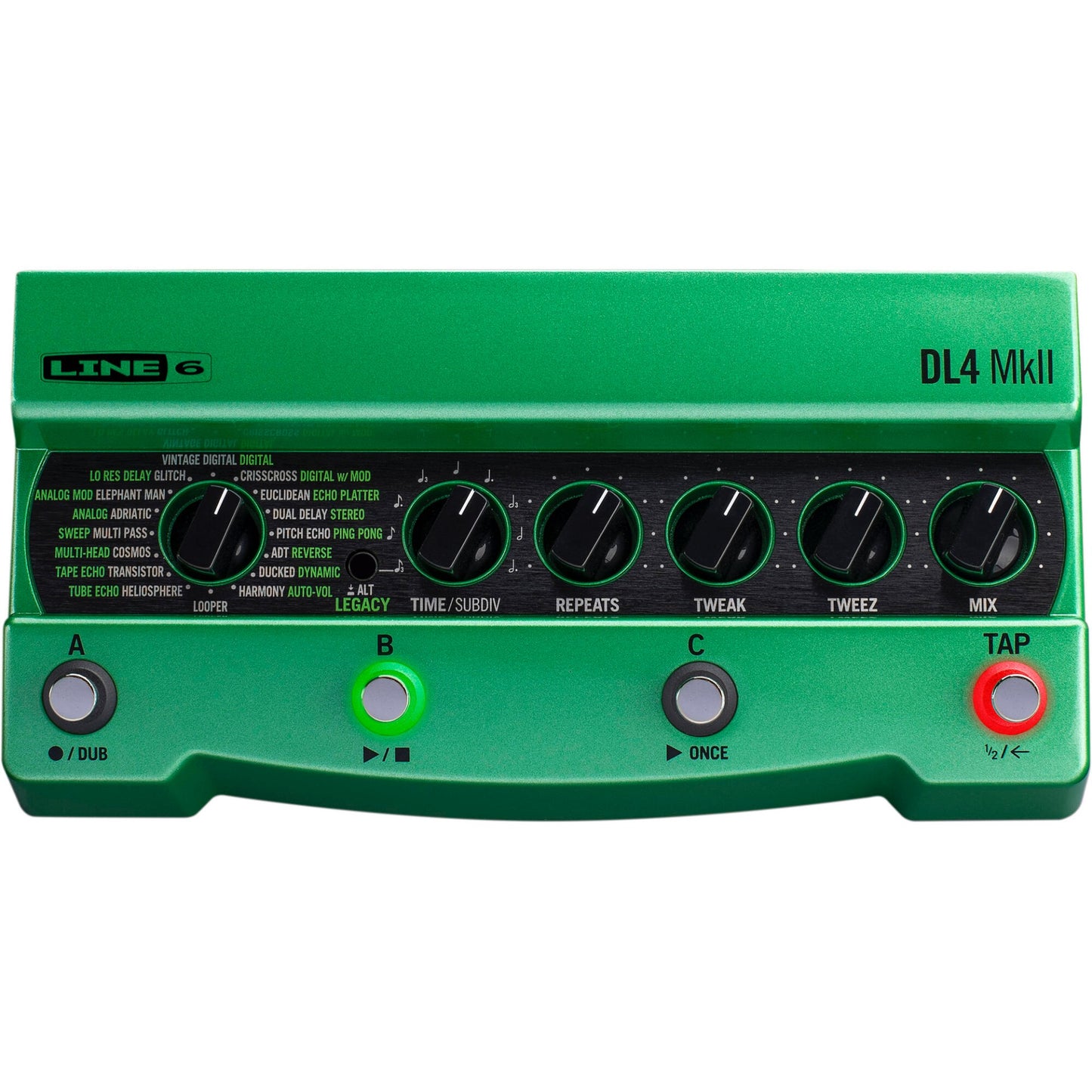

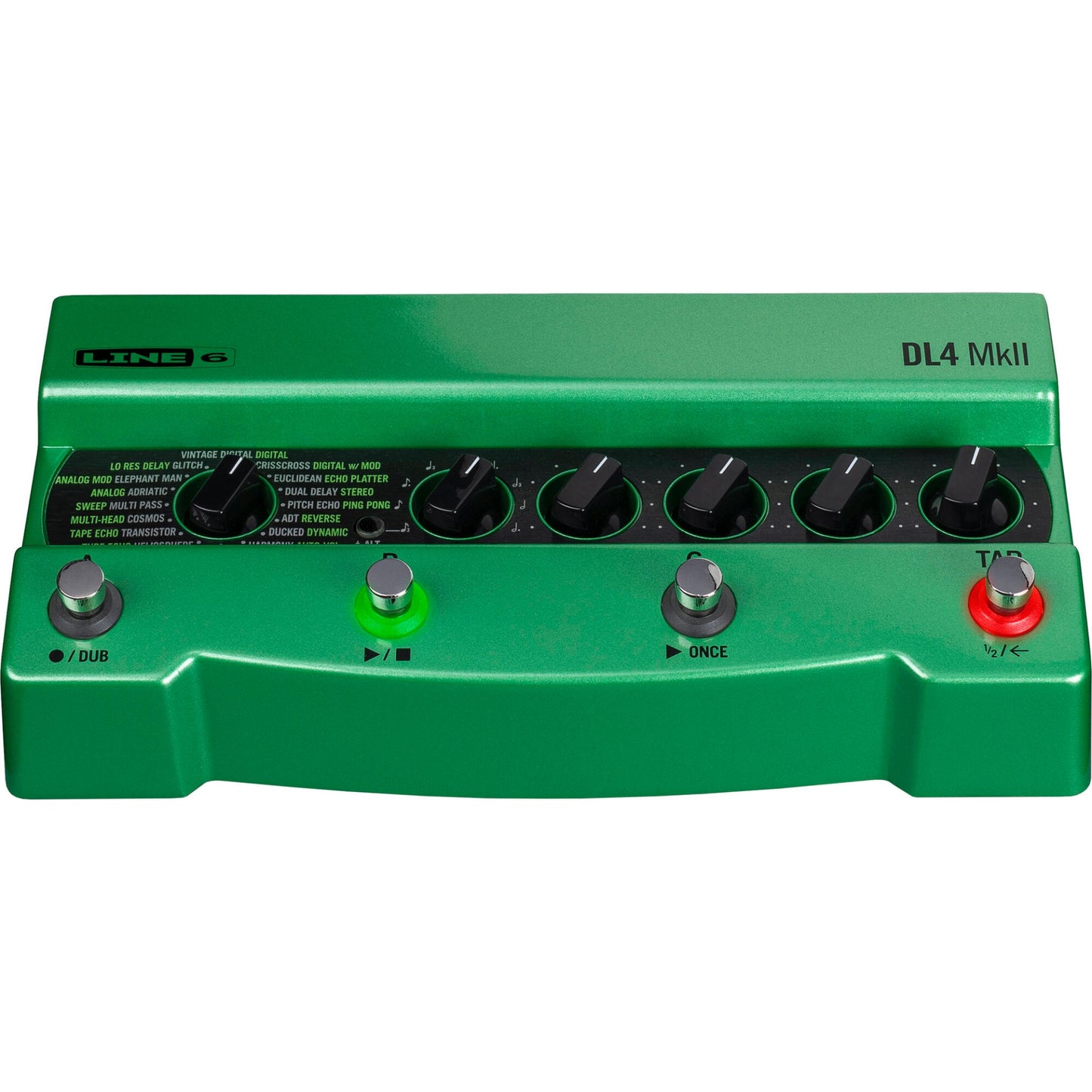
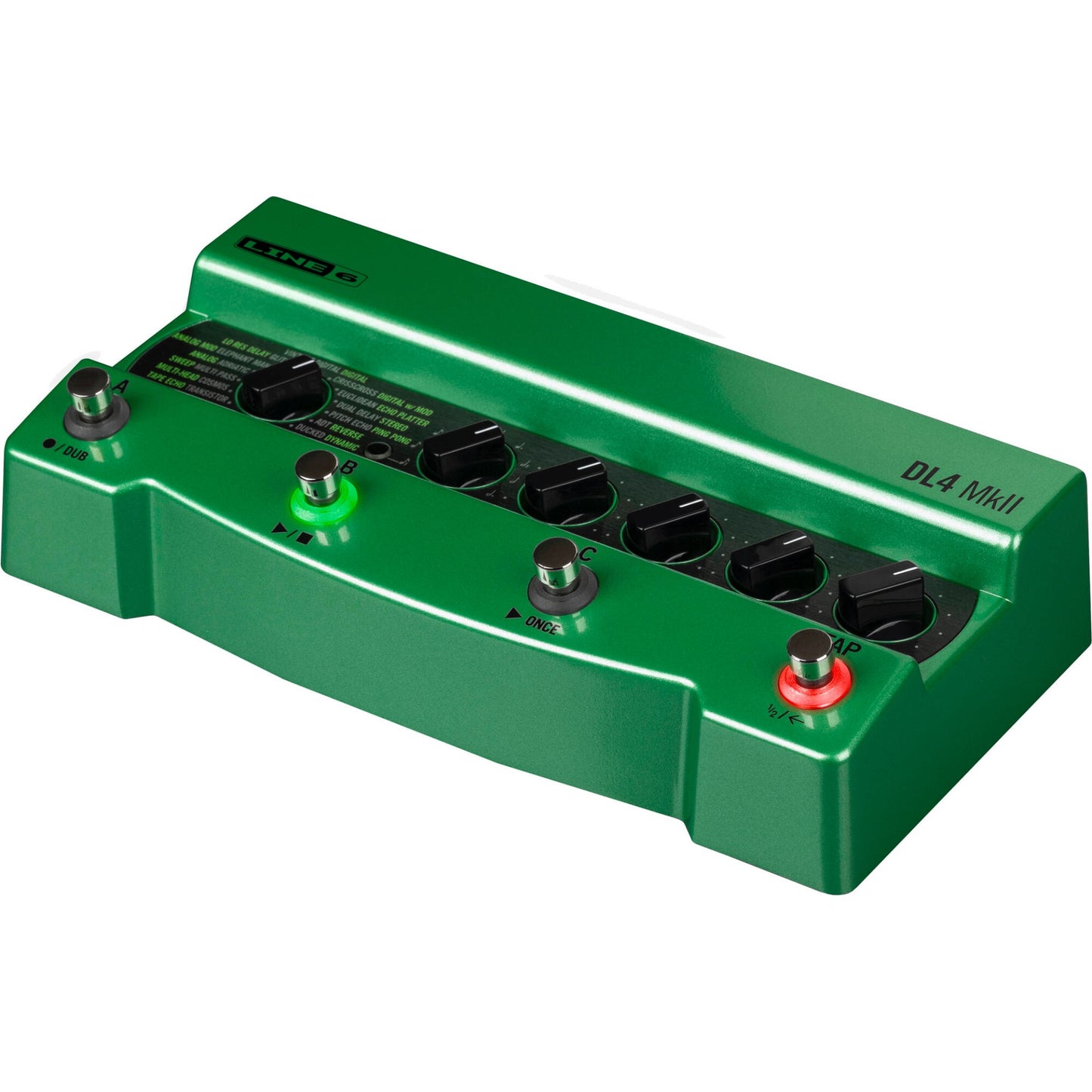
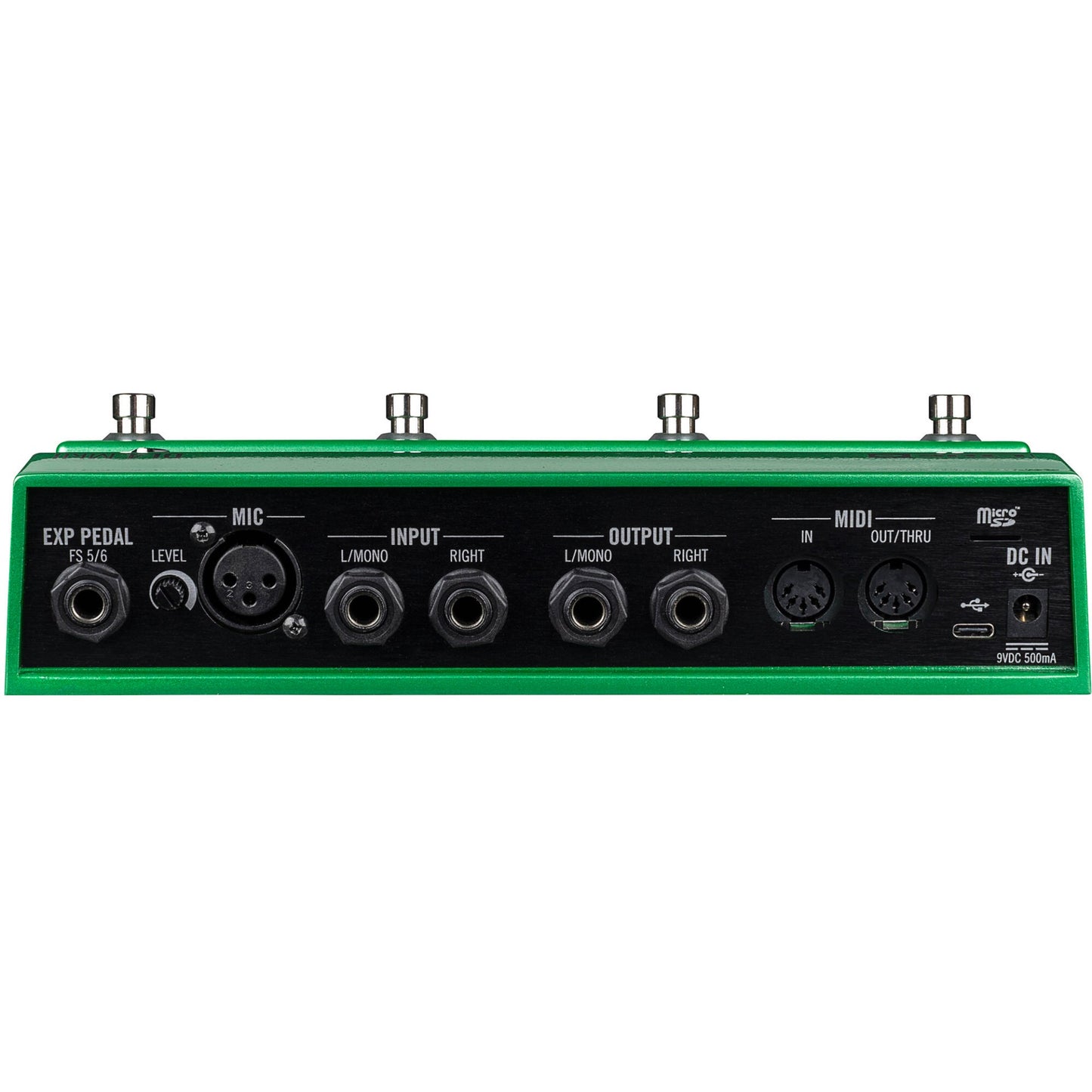
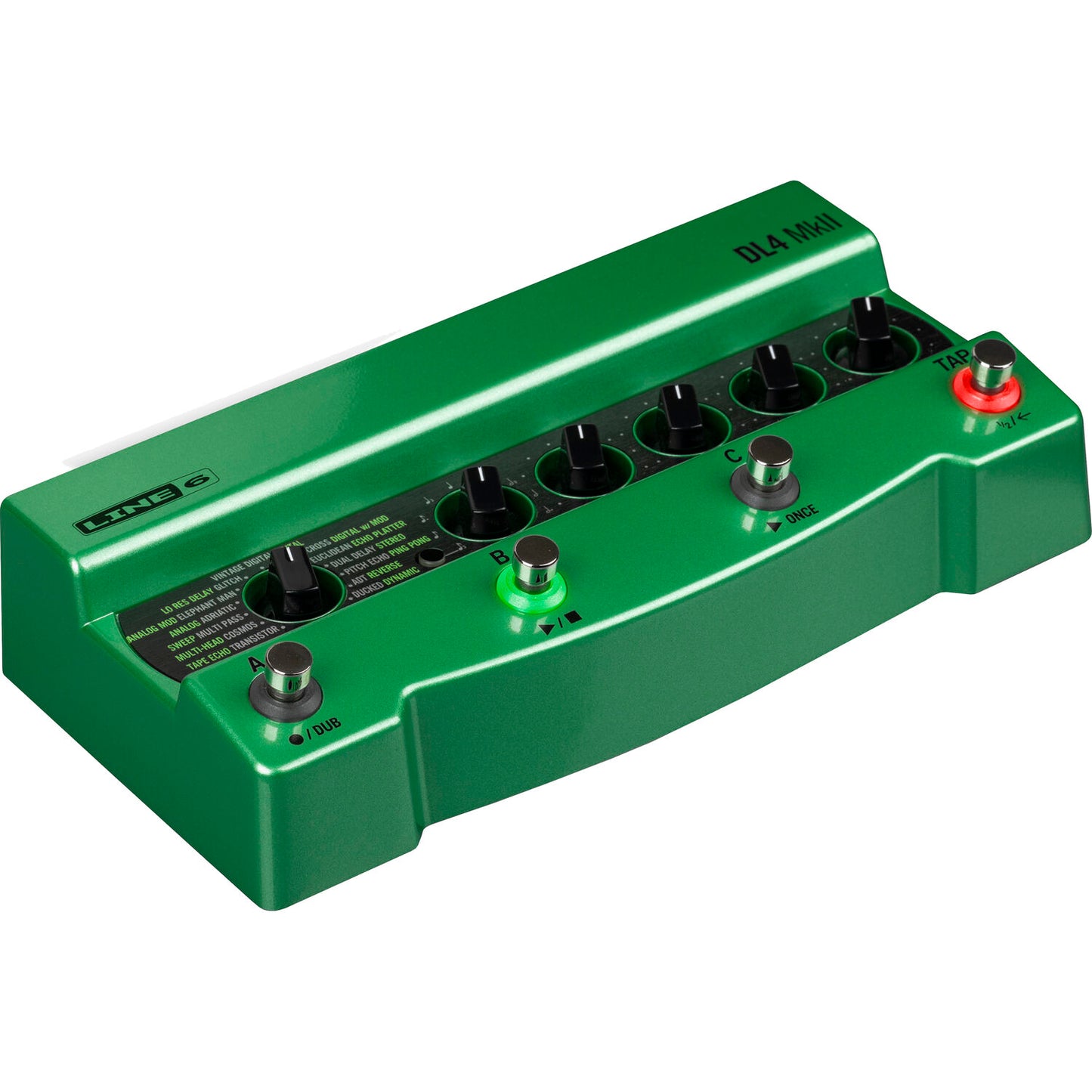
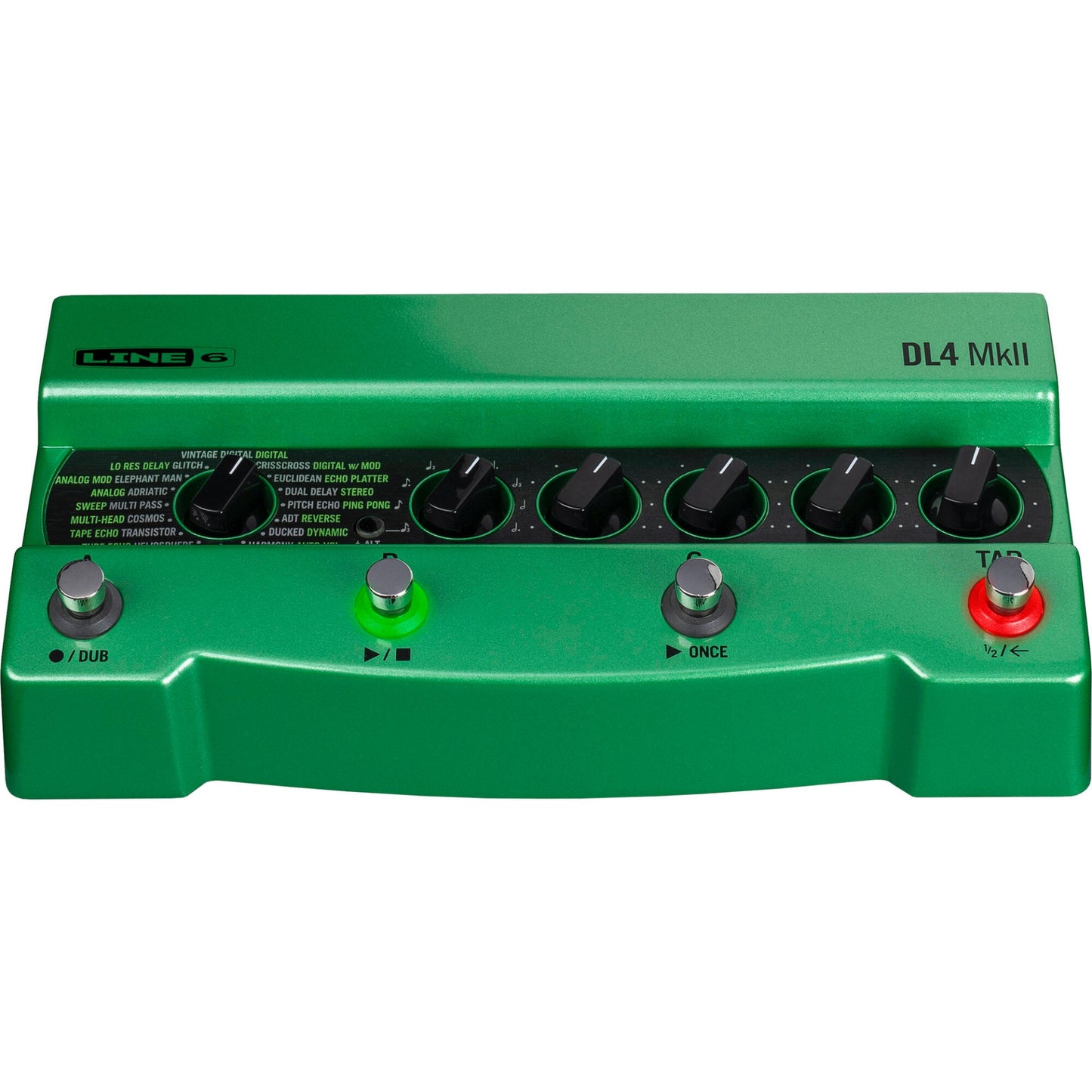


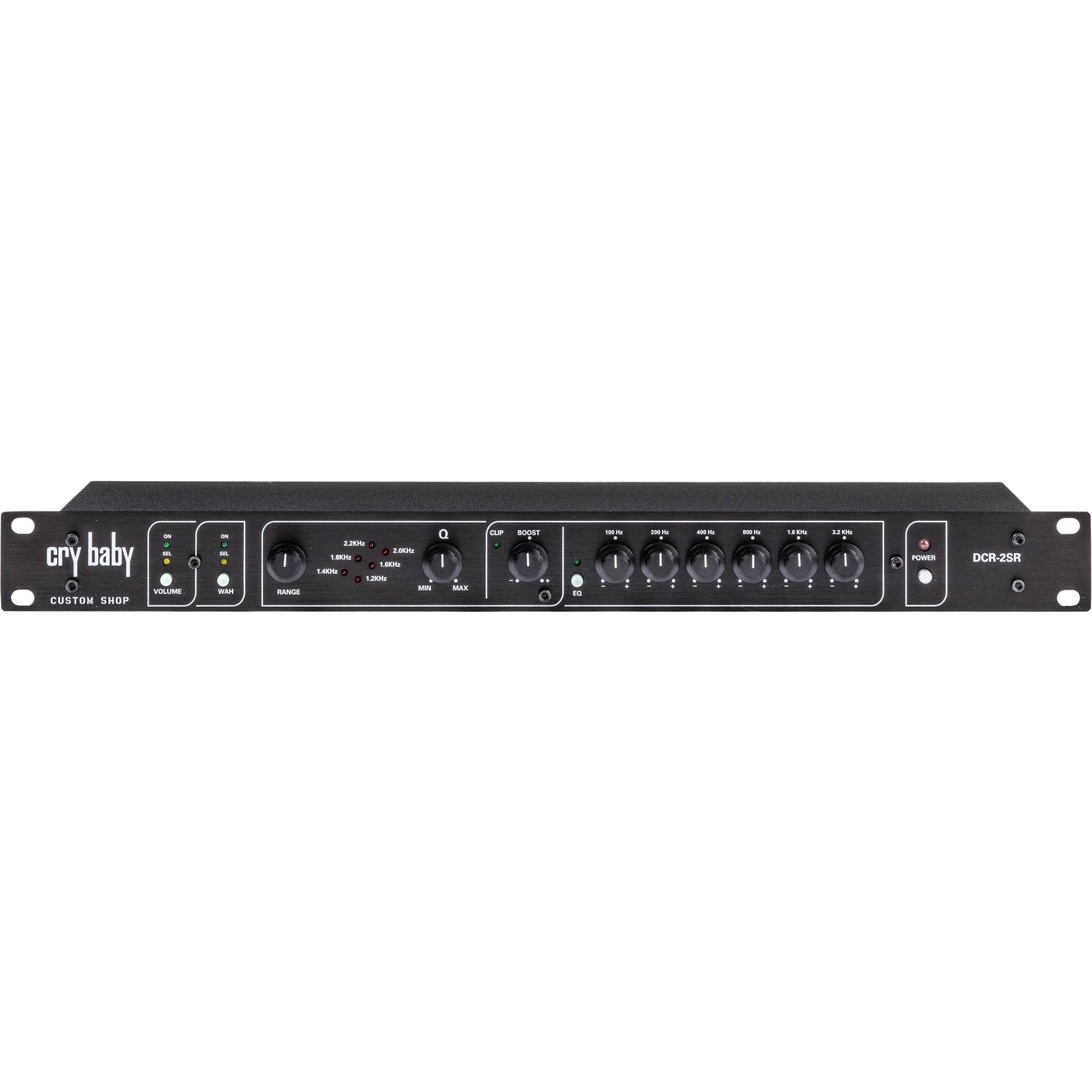
Dunlop Cry Baby® DCR-2SR Rack Module
+ Free Shipping

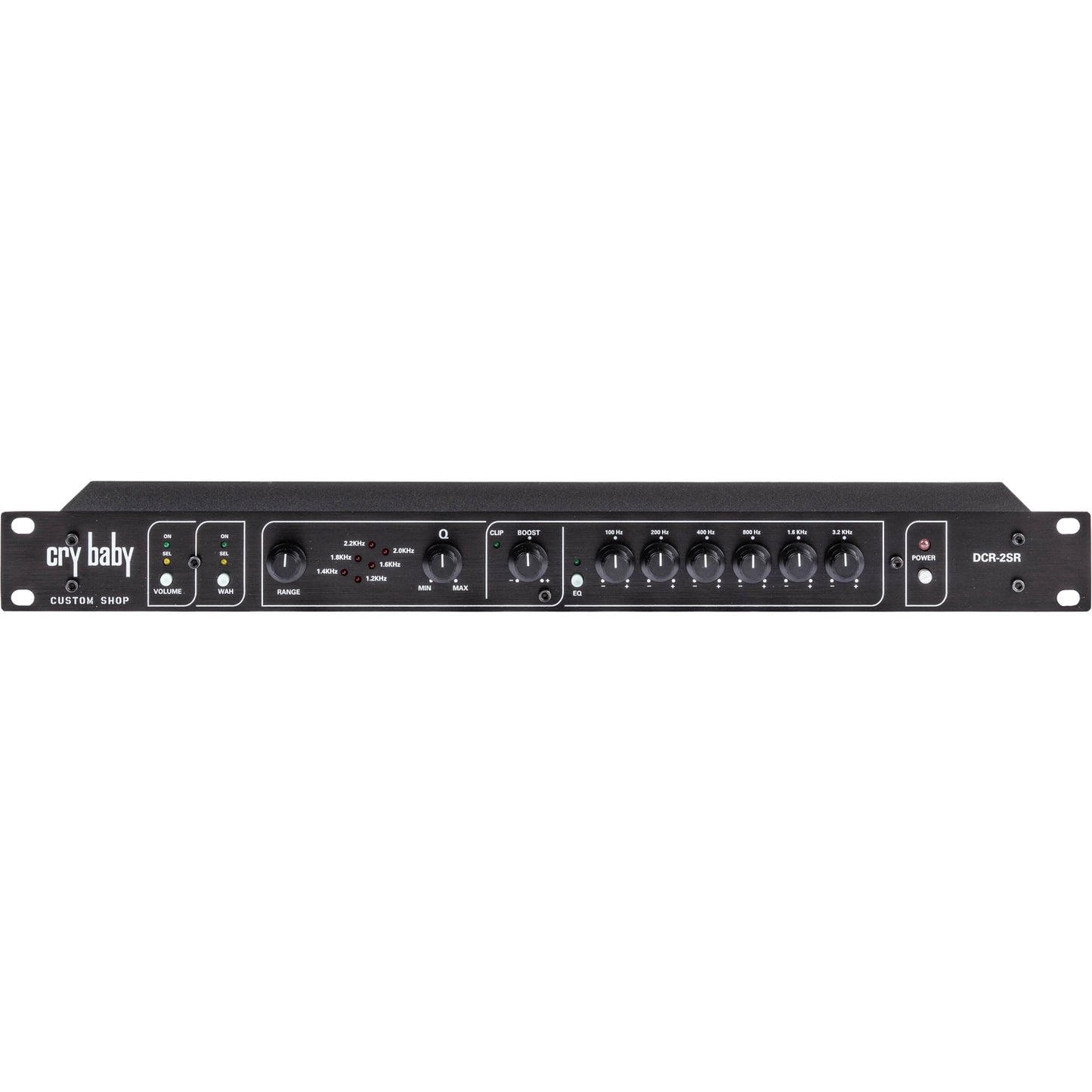



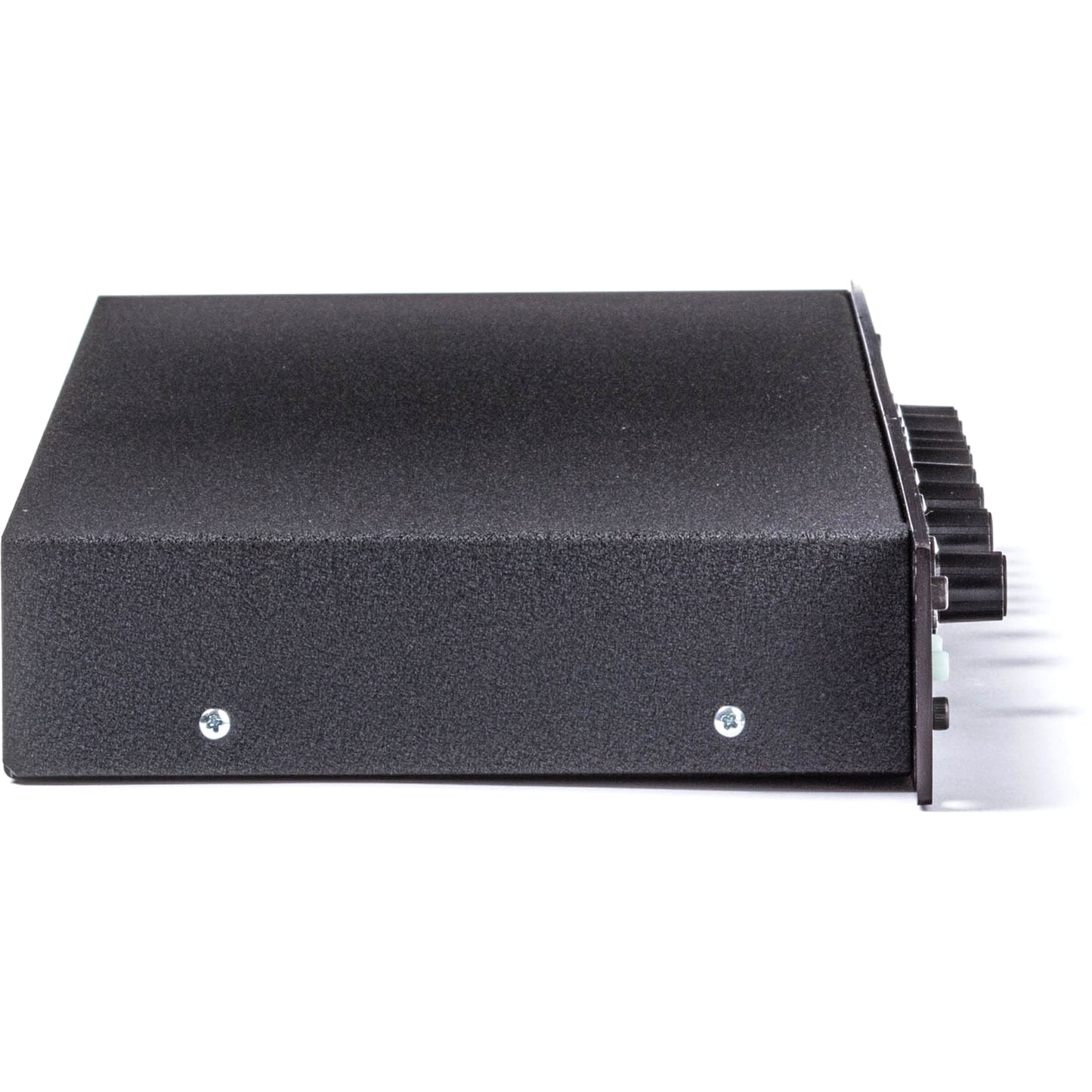
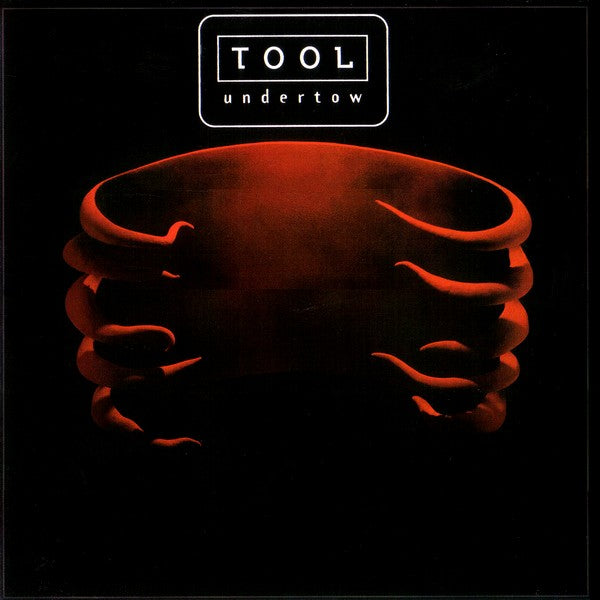
Impact and Legacy
"Undertow" had a profound impact on the music world. It received critical acclaim and gained a dedicated following, setting the stage for Tool's subsequent albums, which would further solidify their status as one of the most influential bands in progressive metal. The album's success paved the way for a new wave of progressive and alternative metal bands who drew inspiration from Tool's groundbreaking sound and approach to music.
Tool's debut album, "Undertow," was a revelation in the world of metal music. Its innovative blend of complex musicality, thought-provoking lyrics, and striking visual artistry made it a game-changer in the genre. More than just a collection of songs, "Undertow" was a complete sensory experience that challenged listeners both musically and intellectually. It marked the beginning of Tool's journey to becoming one of the most important and enduring bands in the world of progressive metal, leaving an indelible mark on the music industry and the hearts of their fans.
